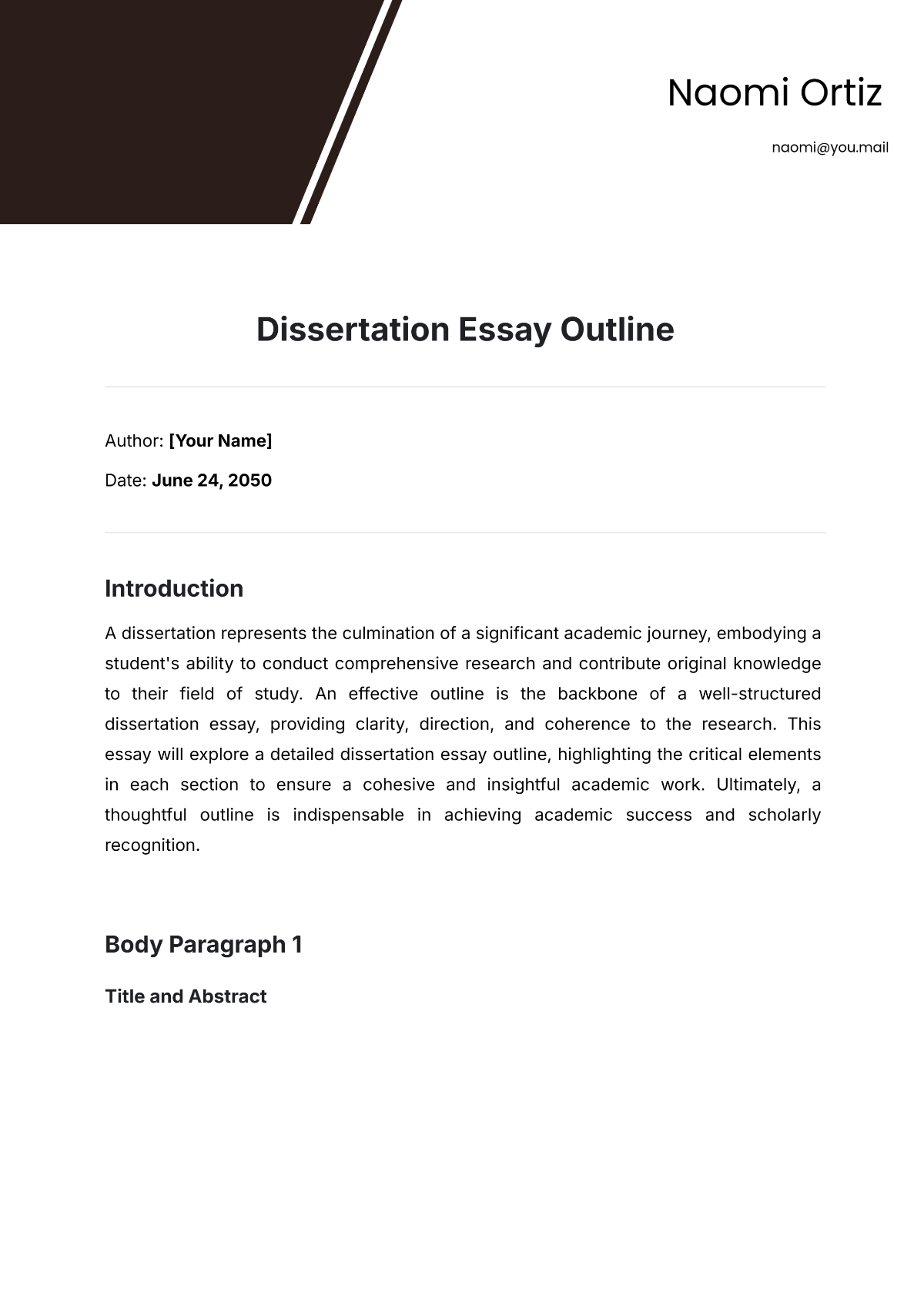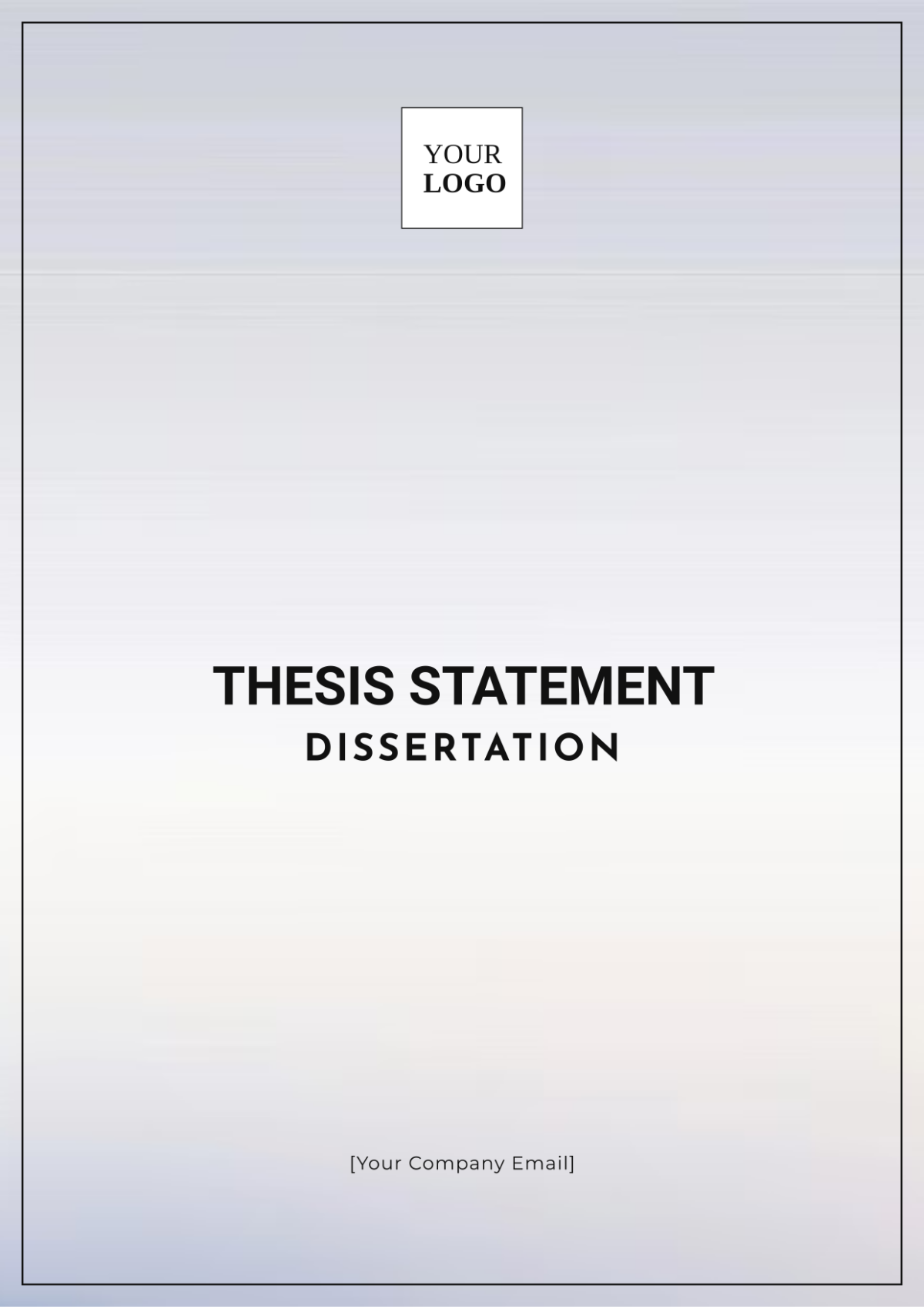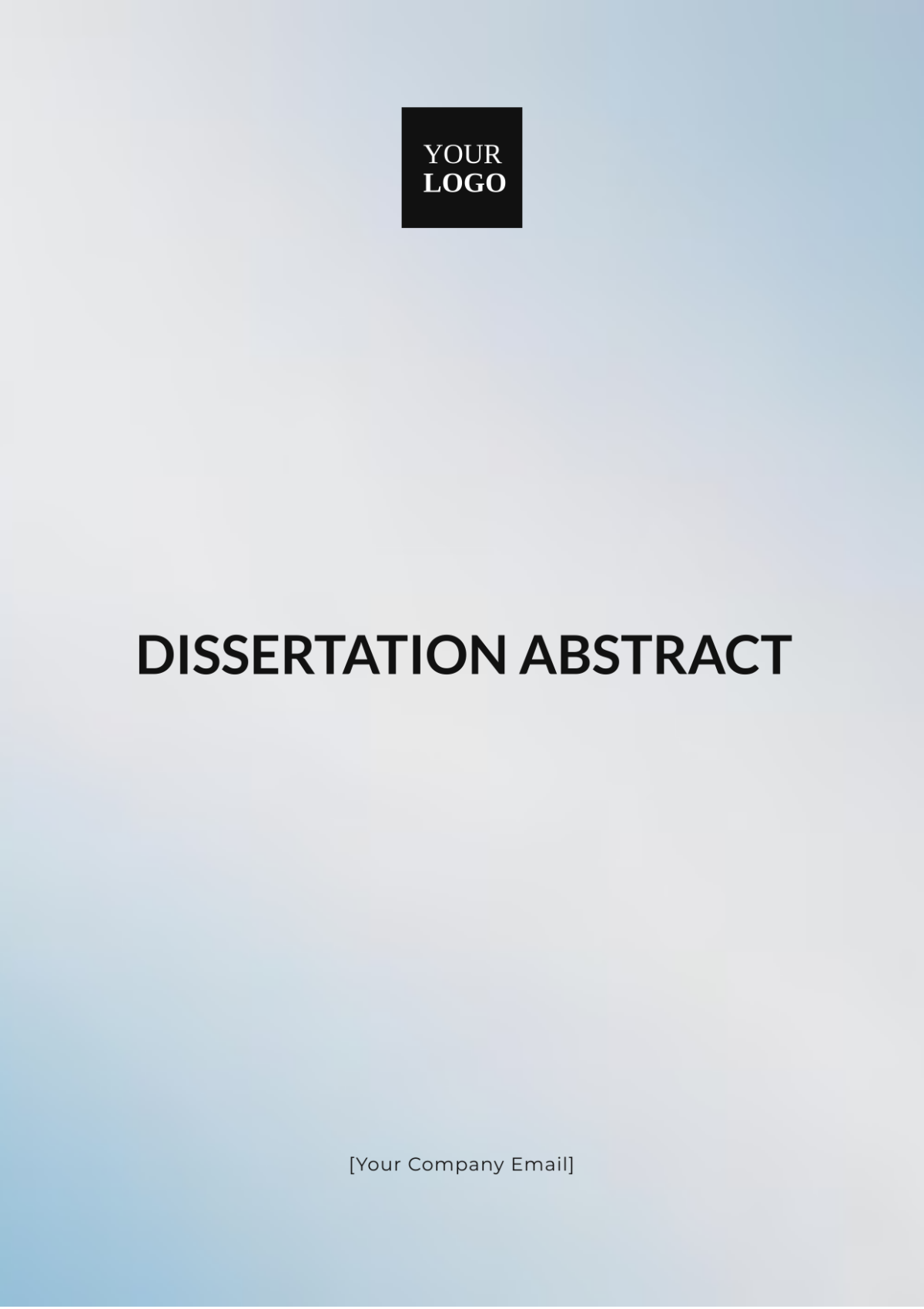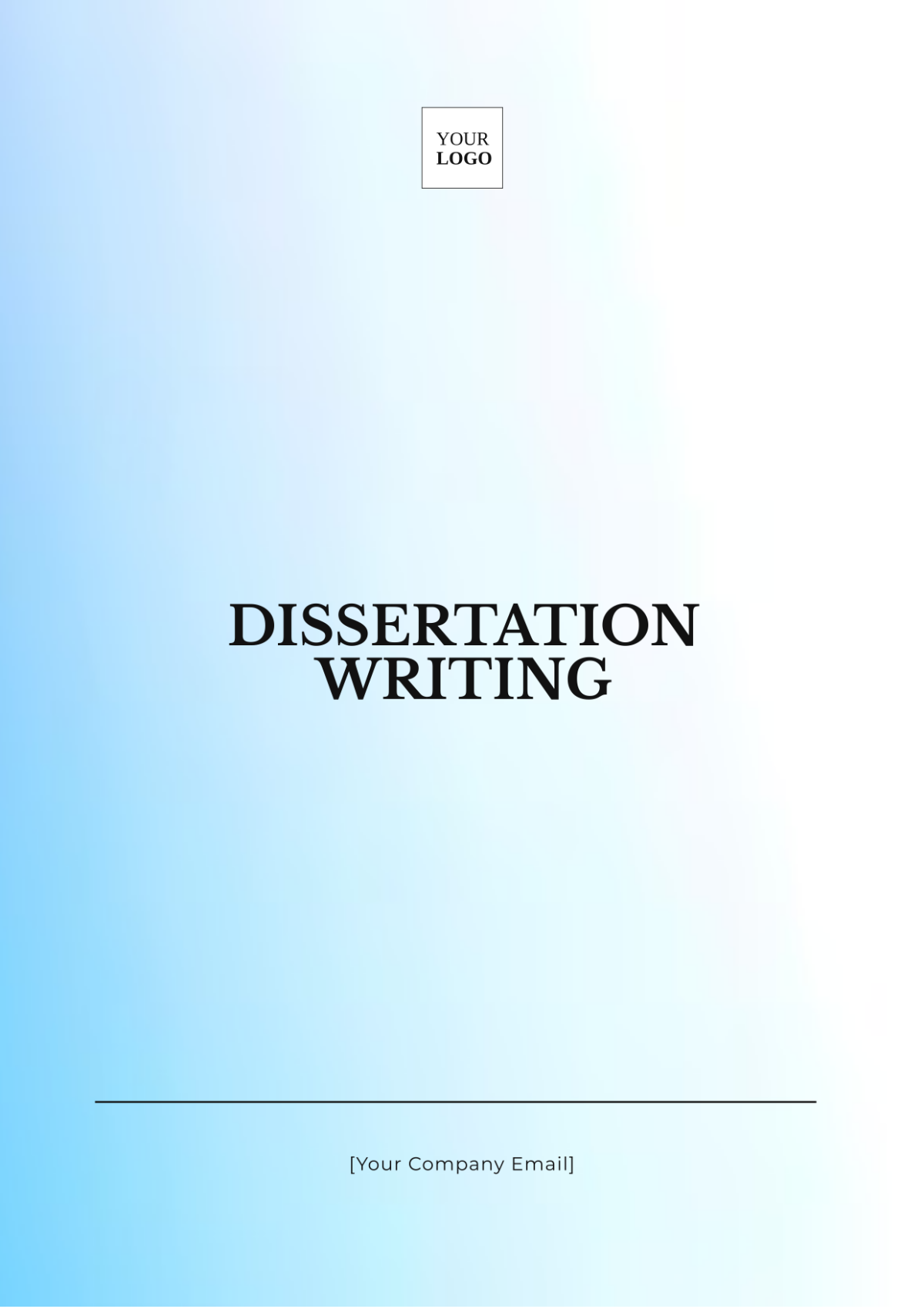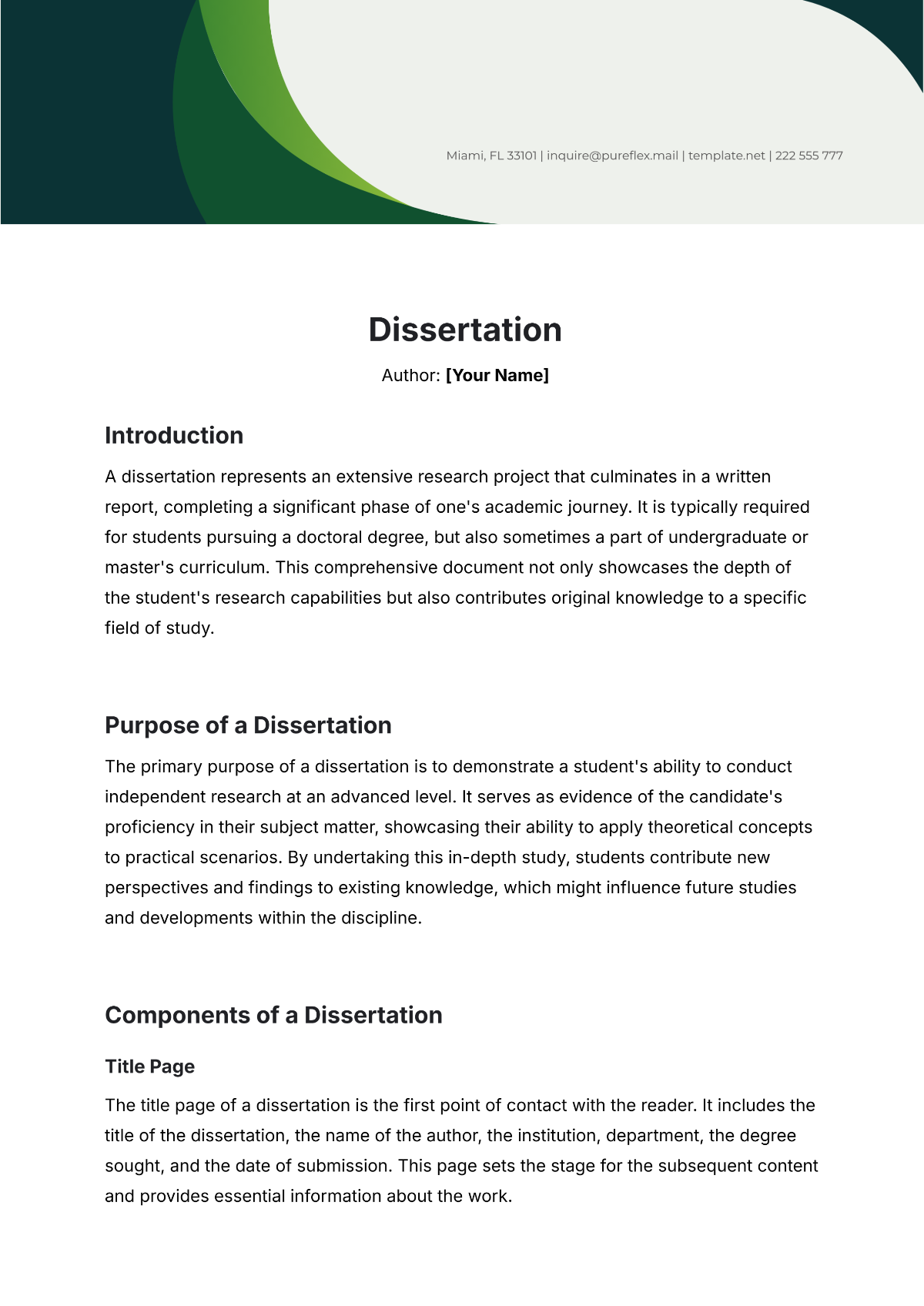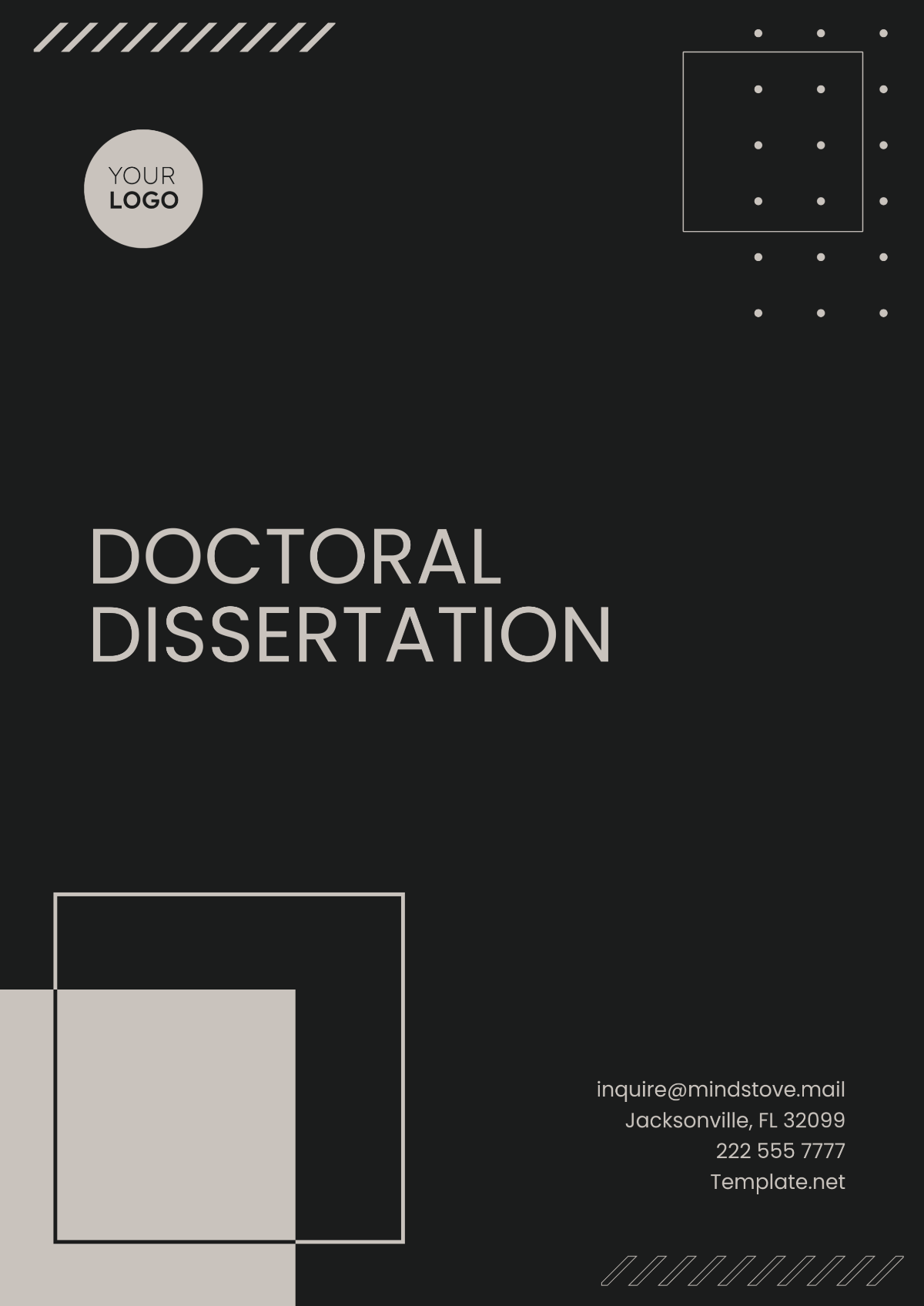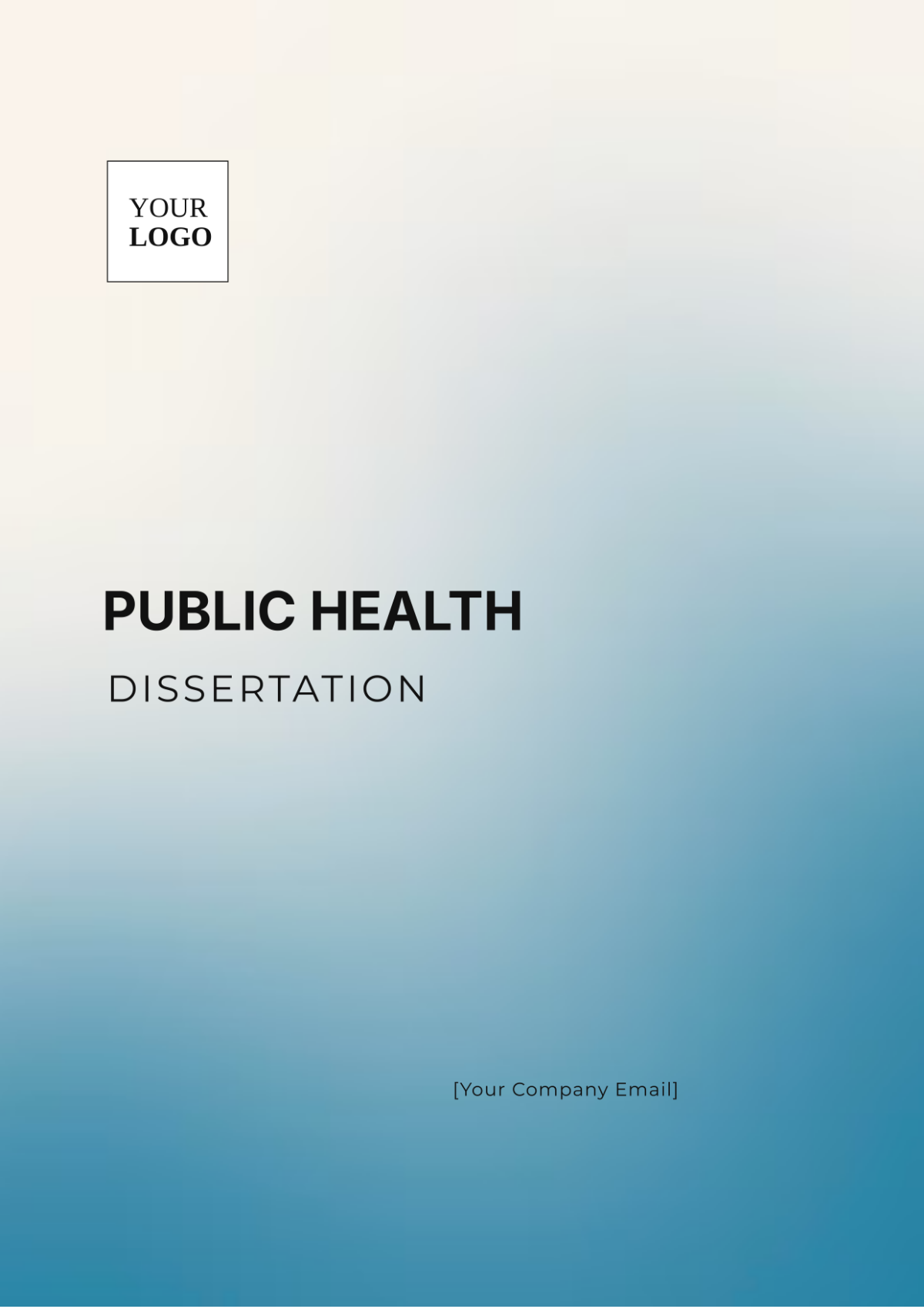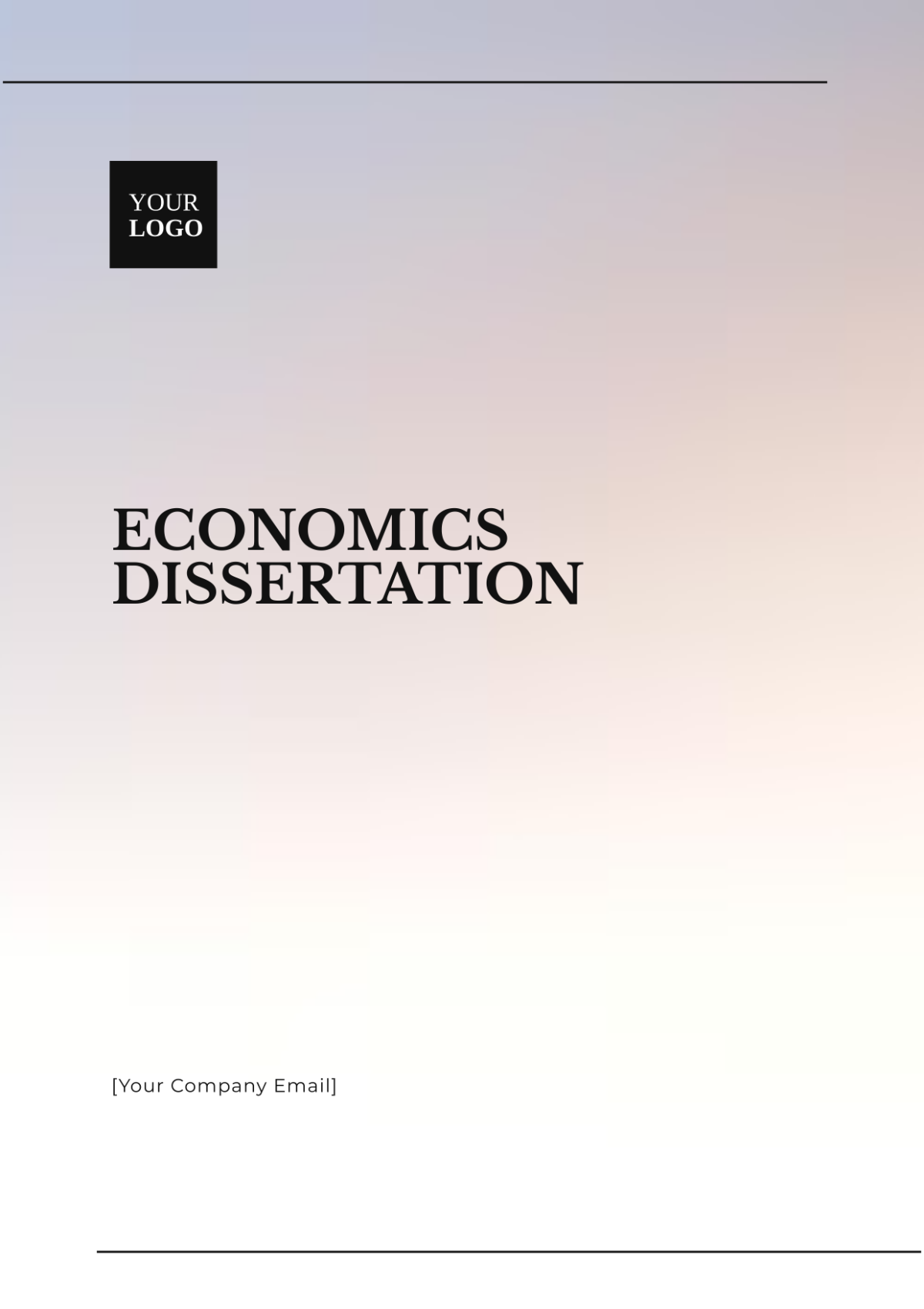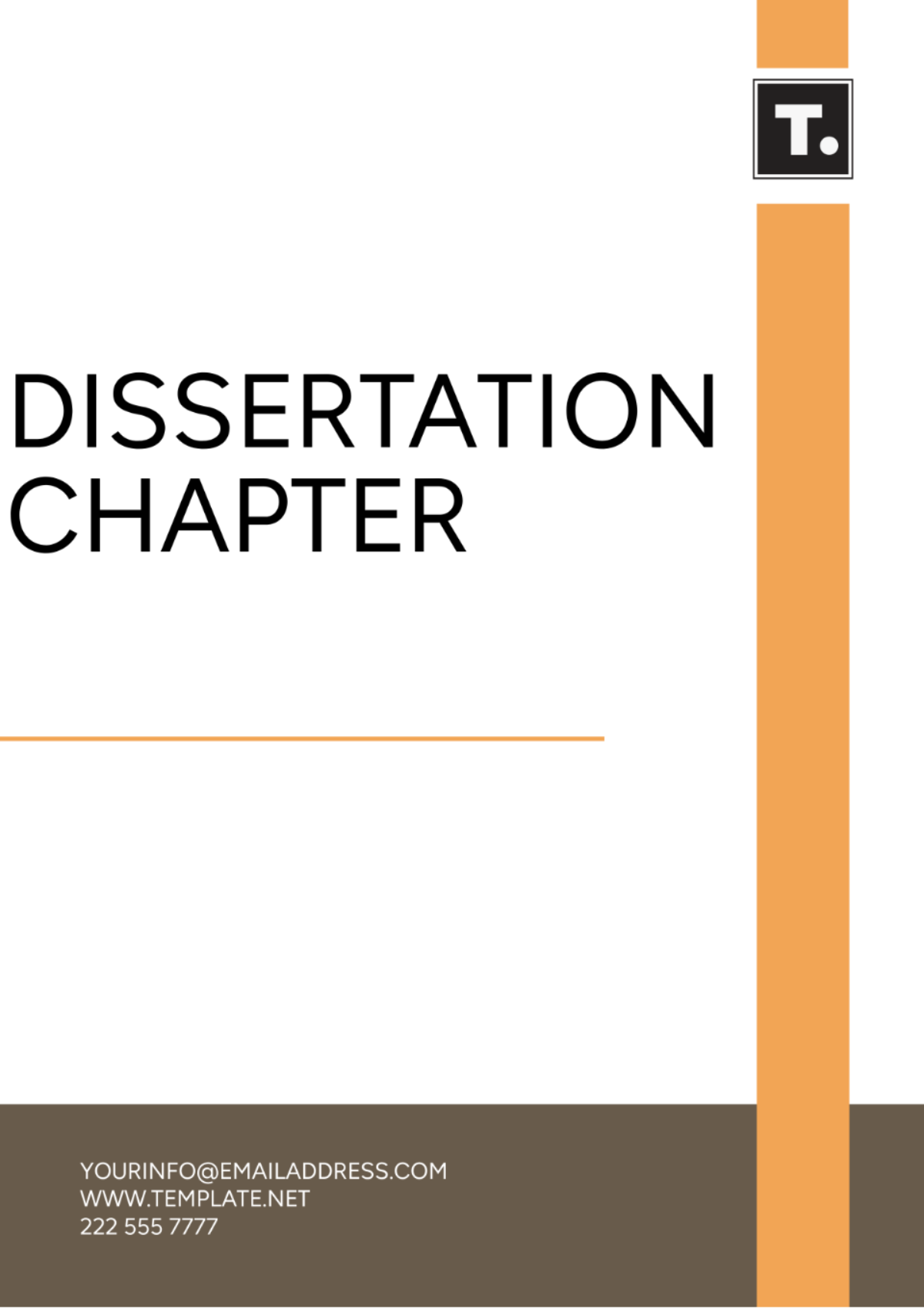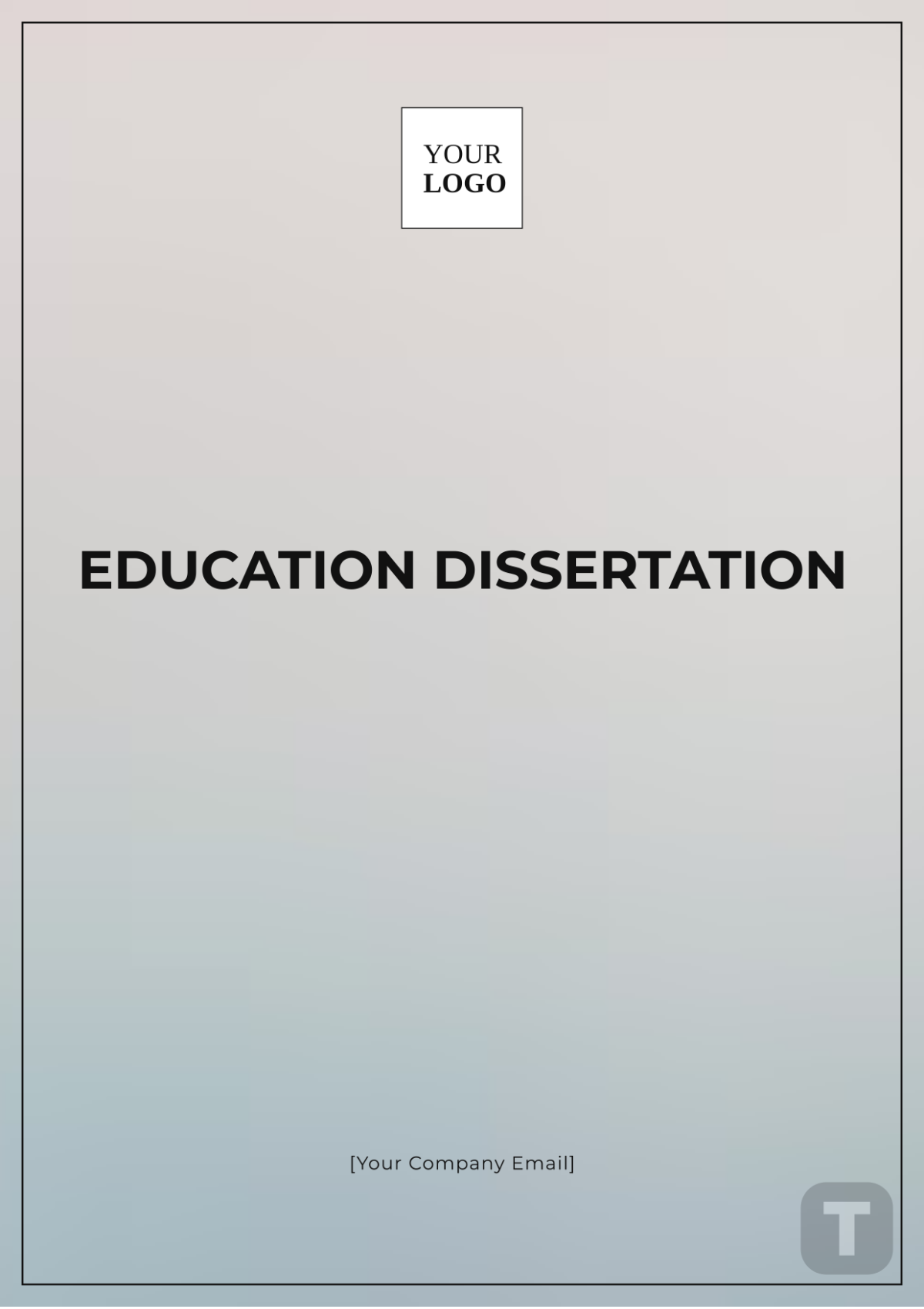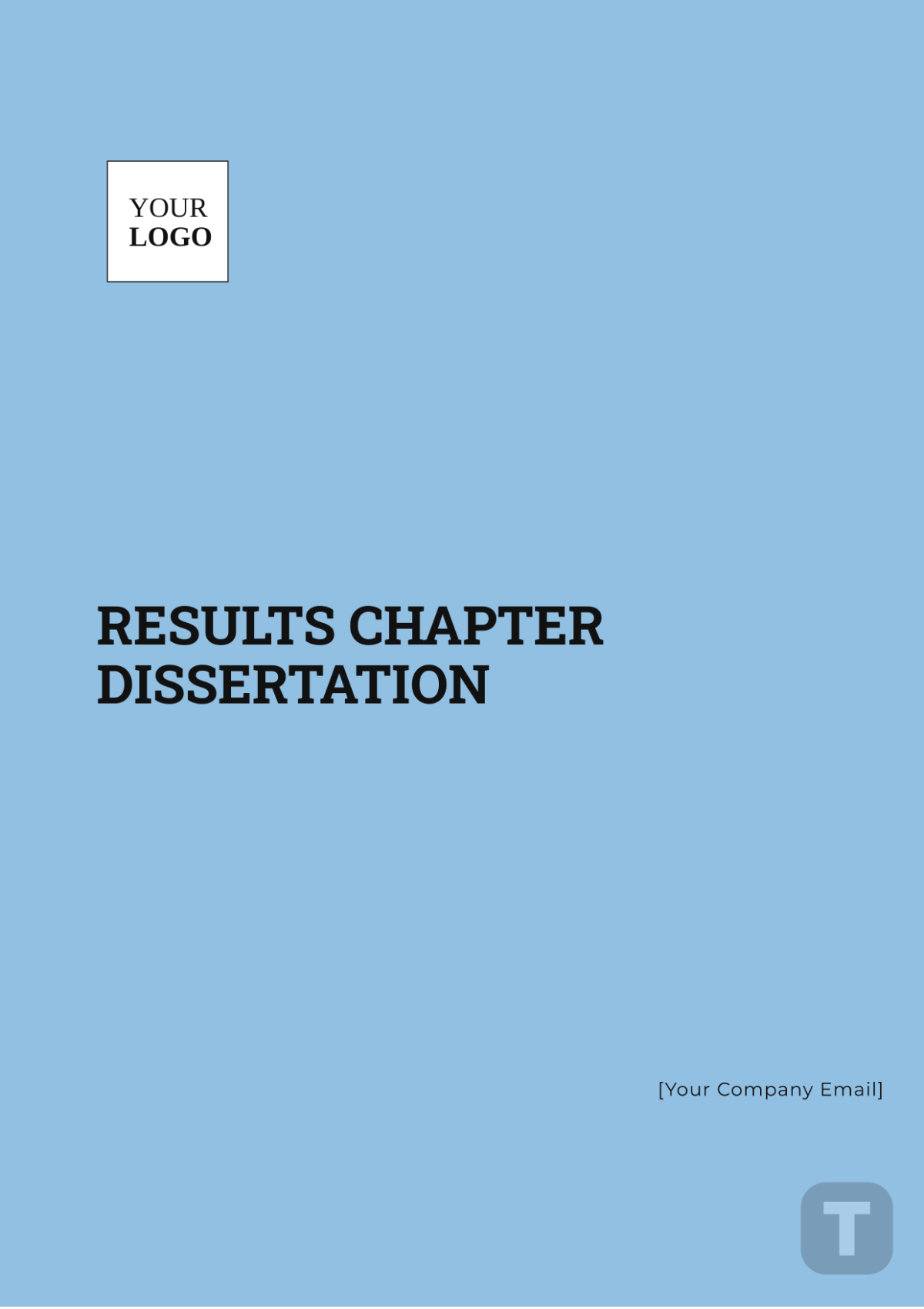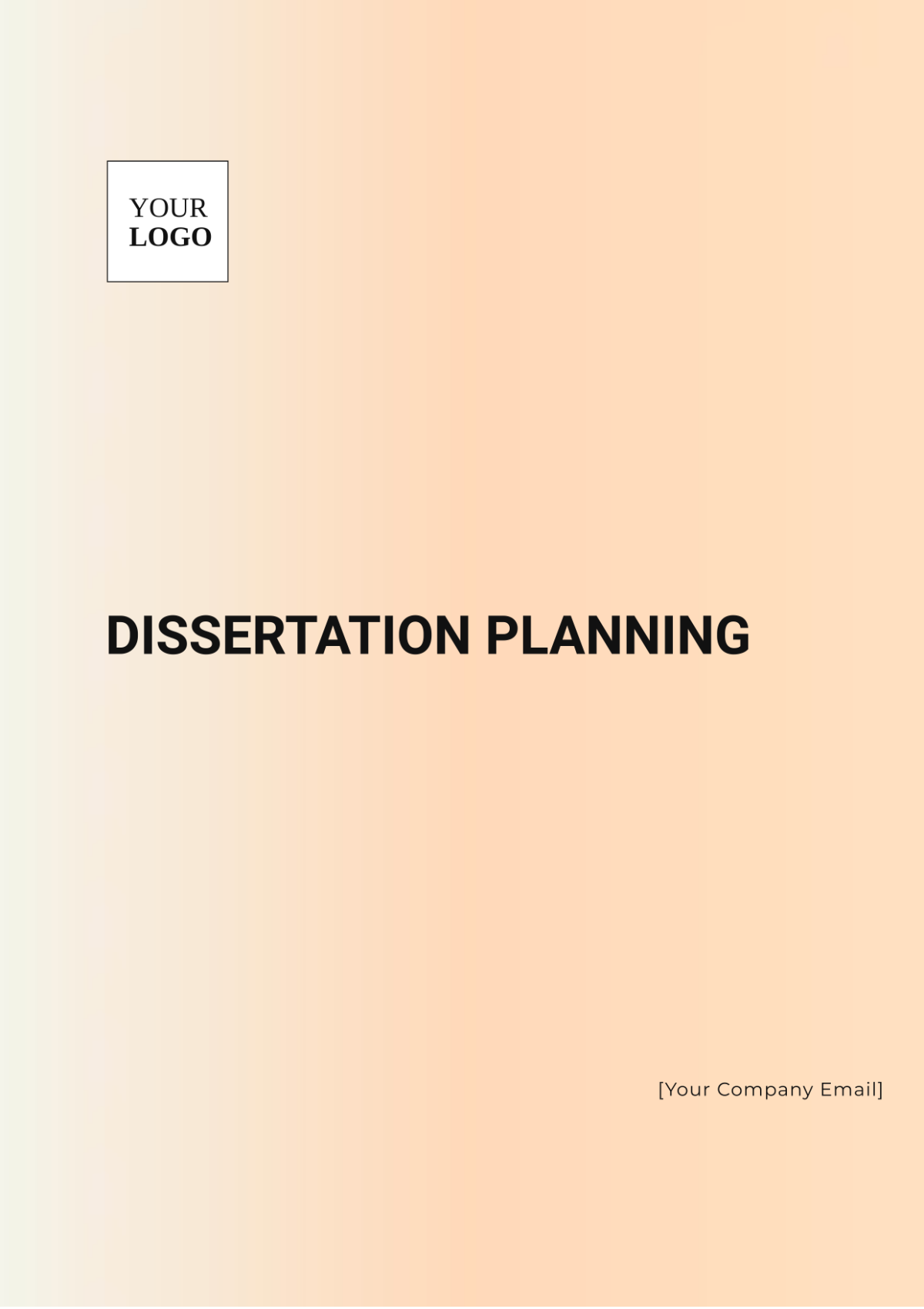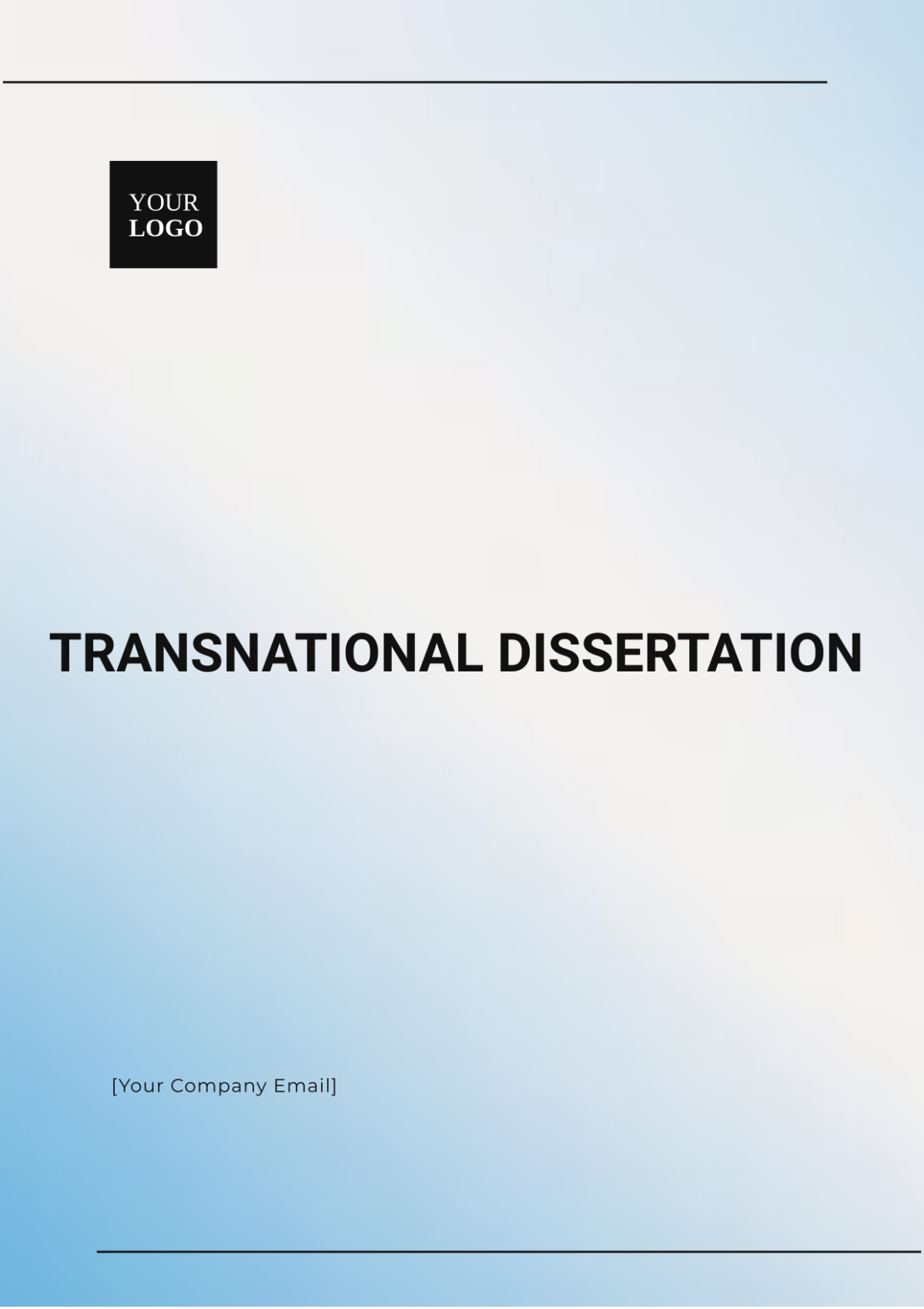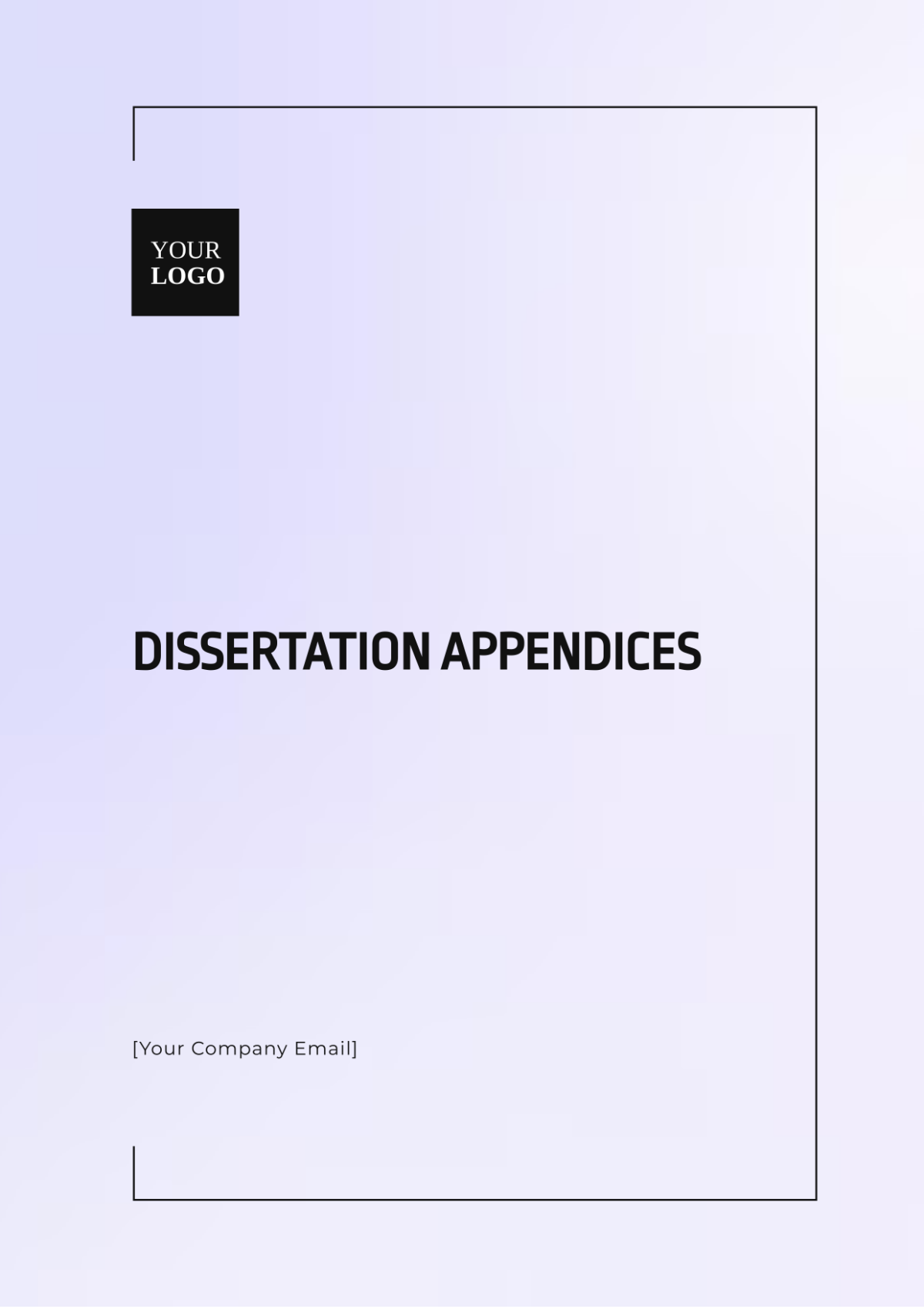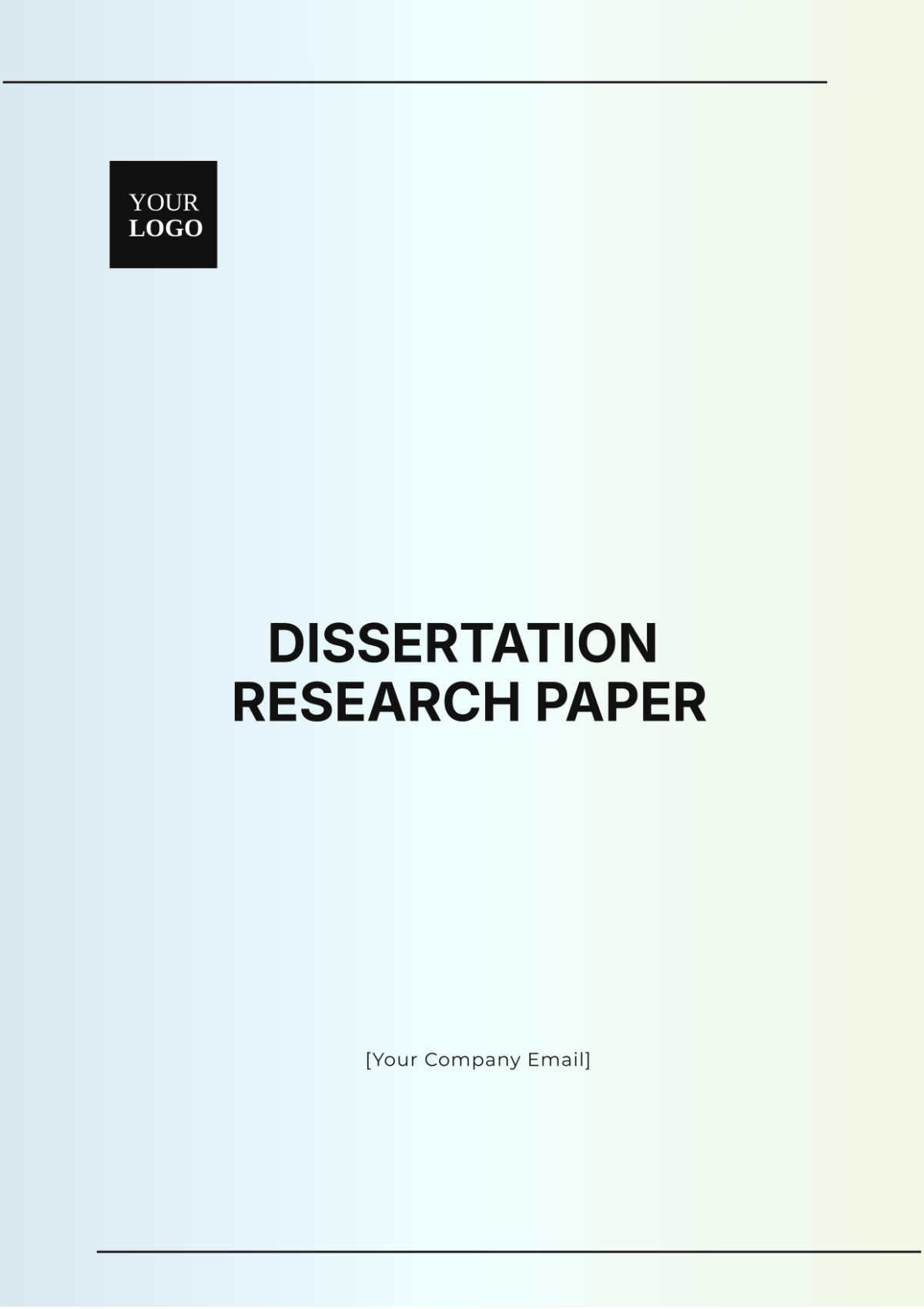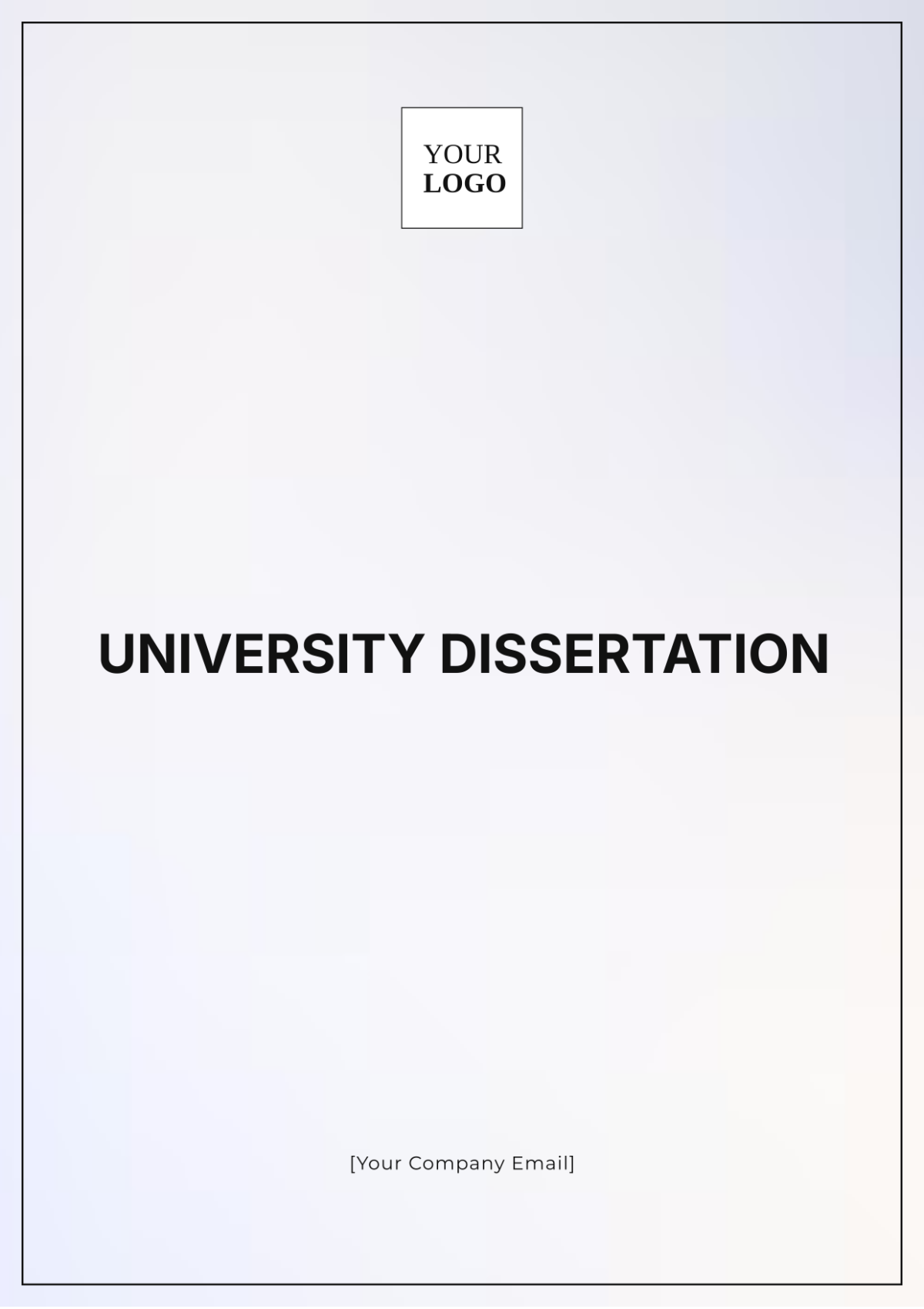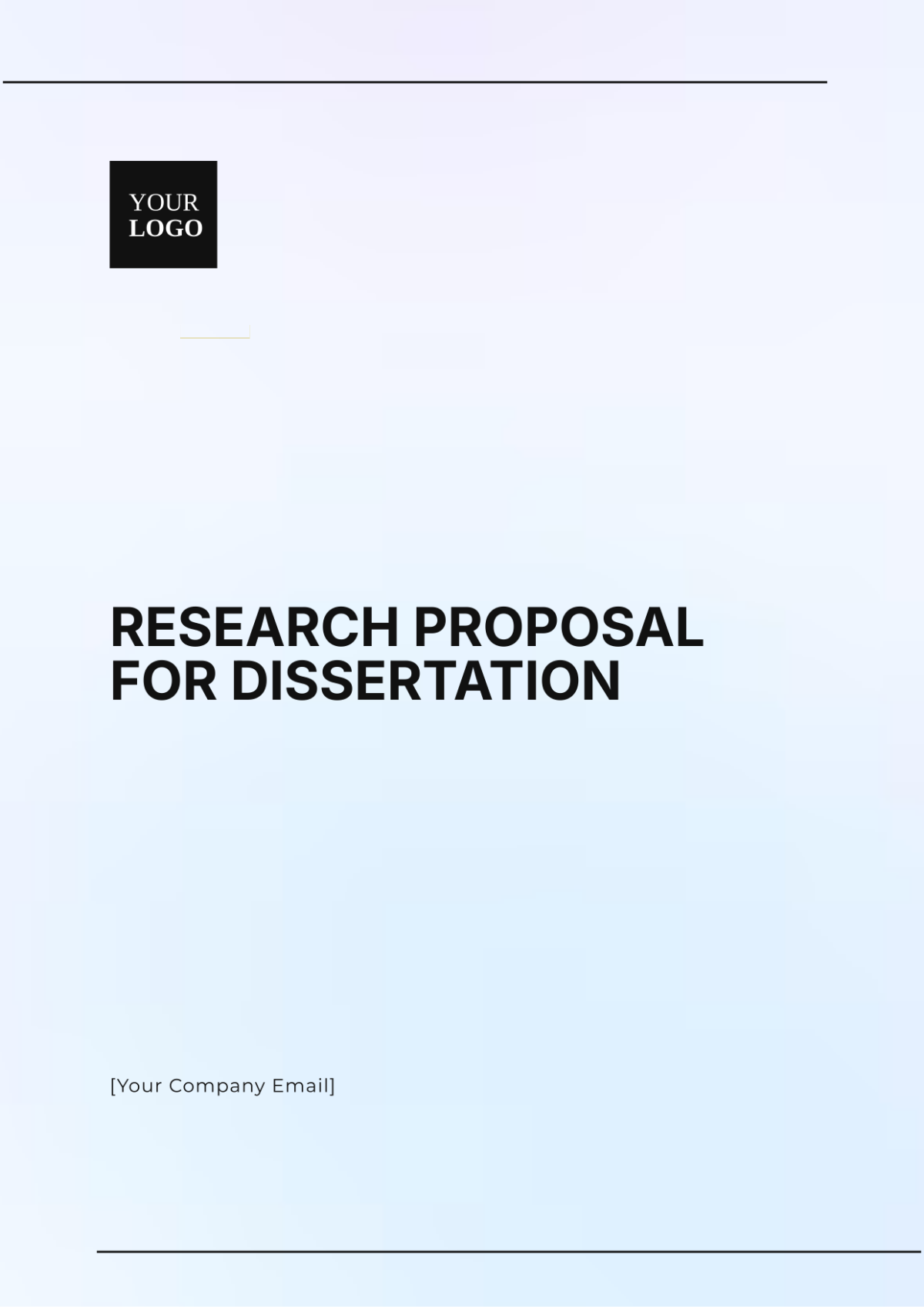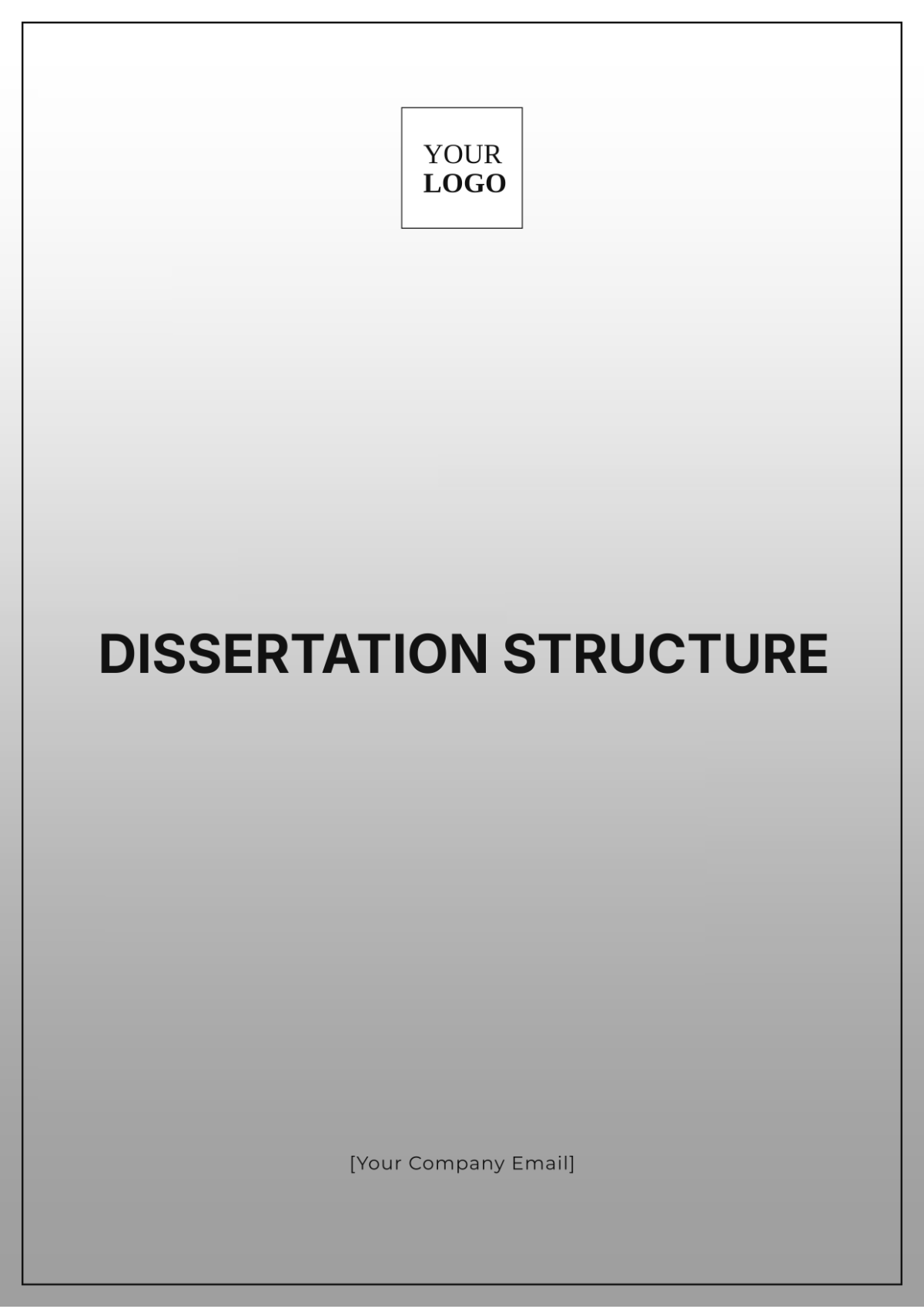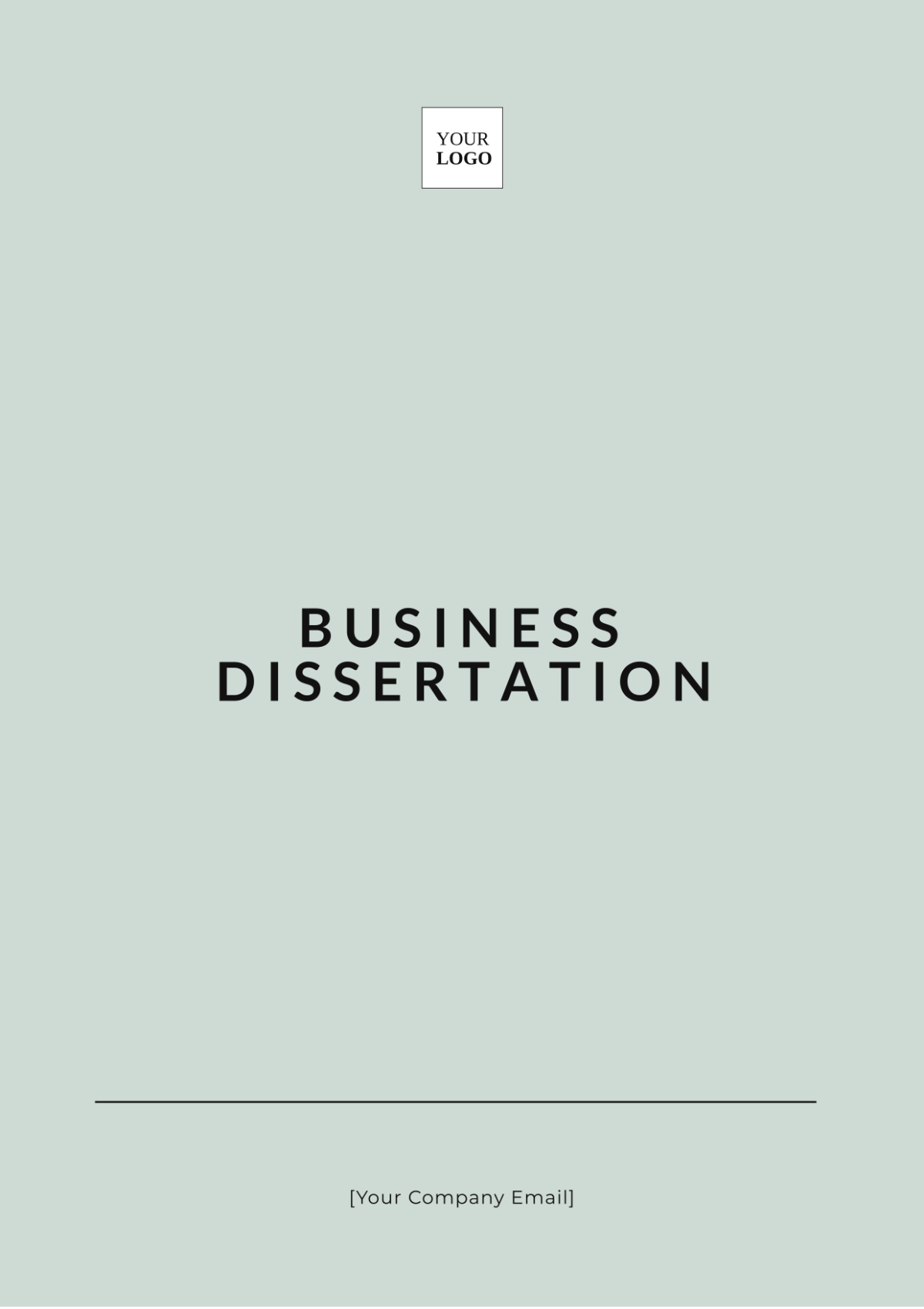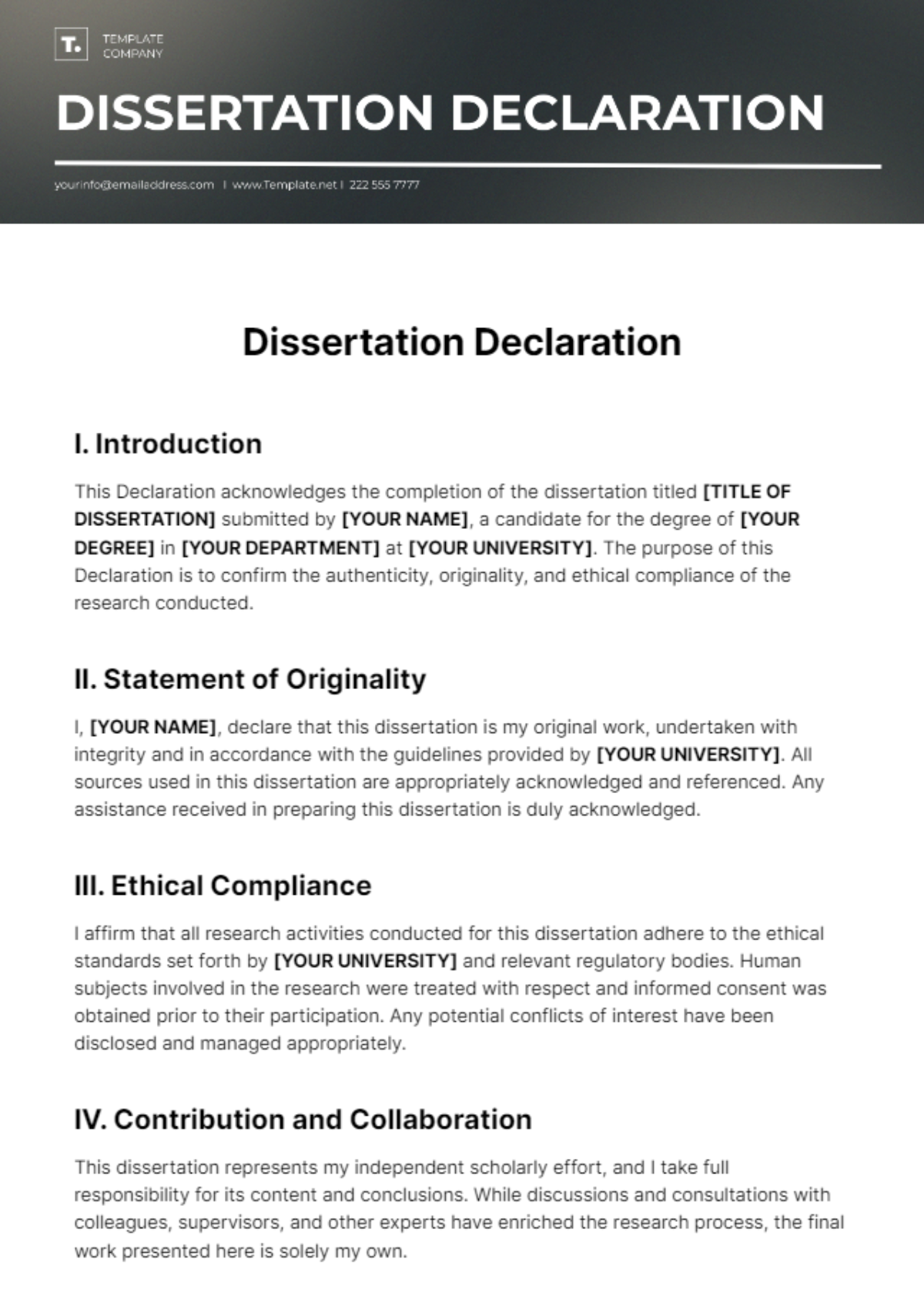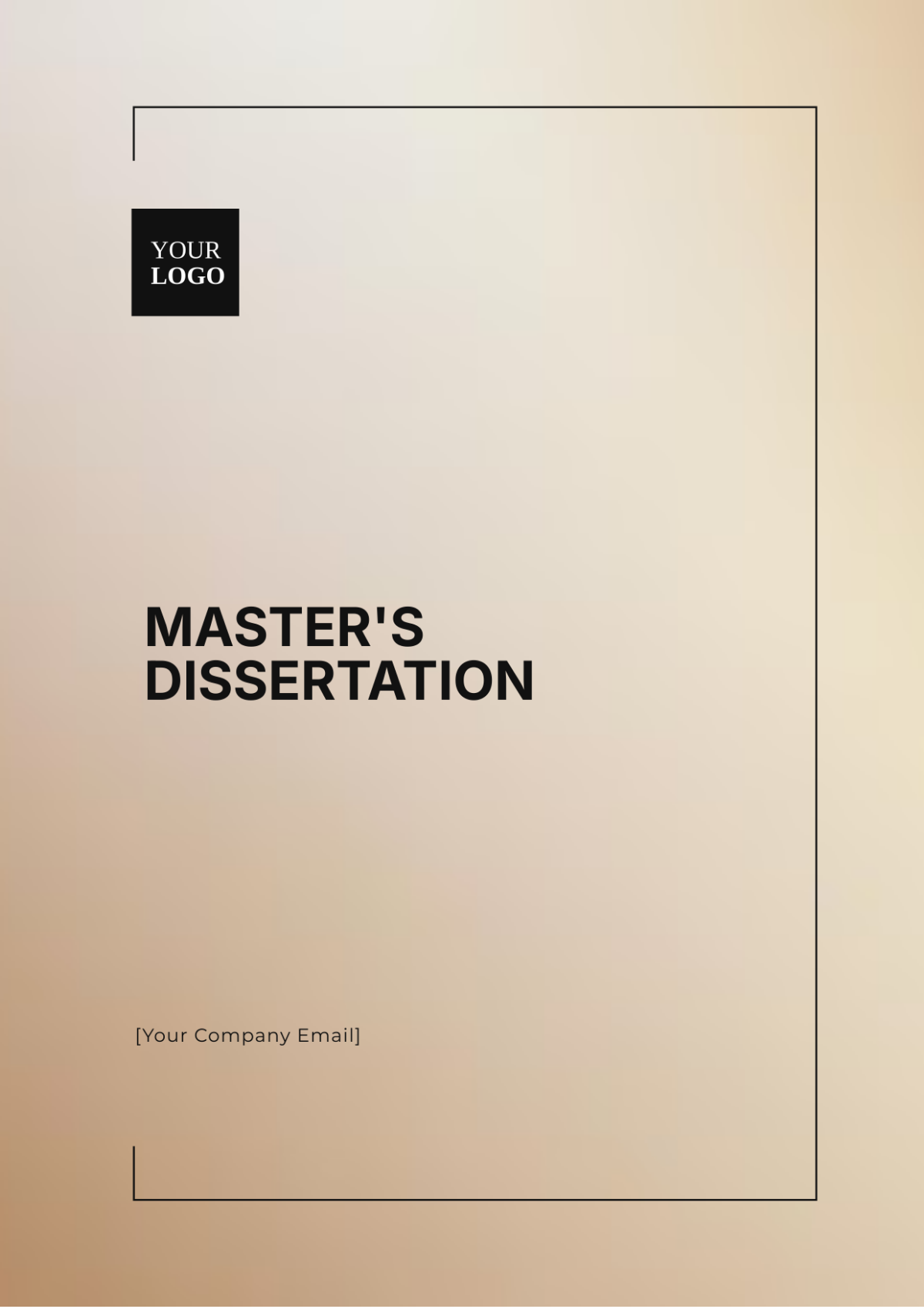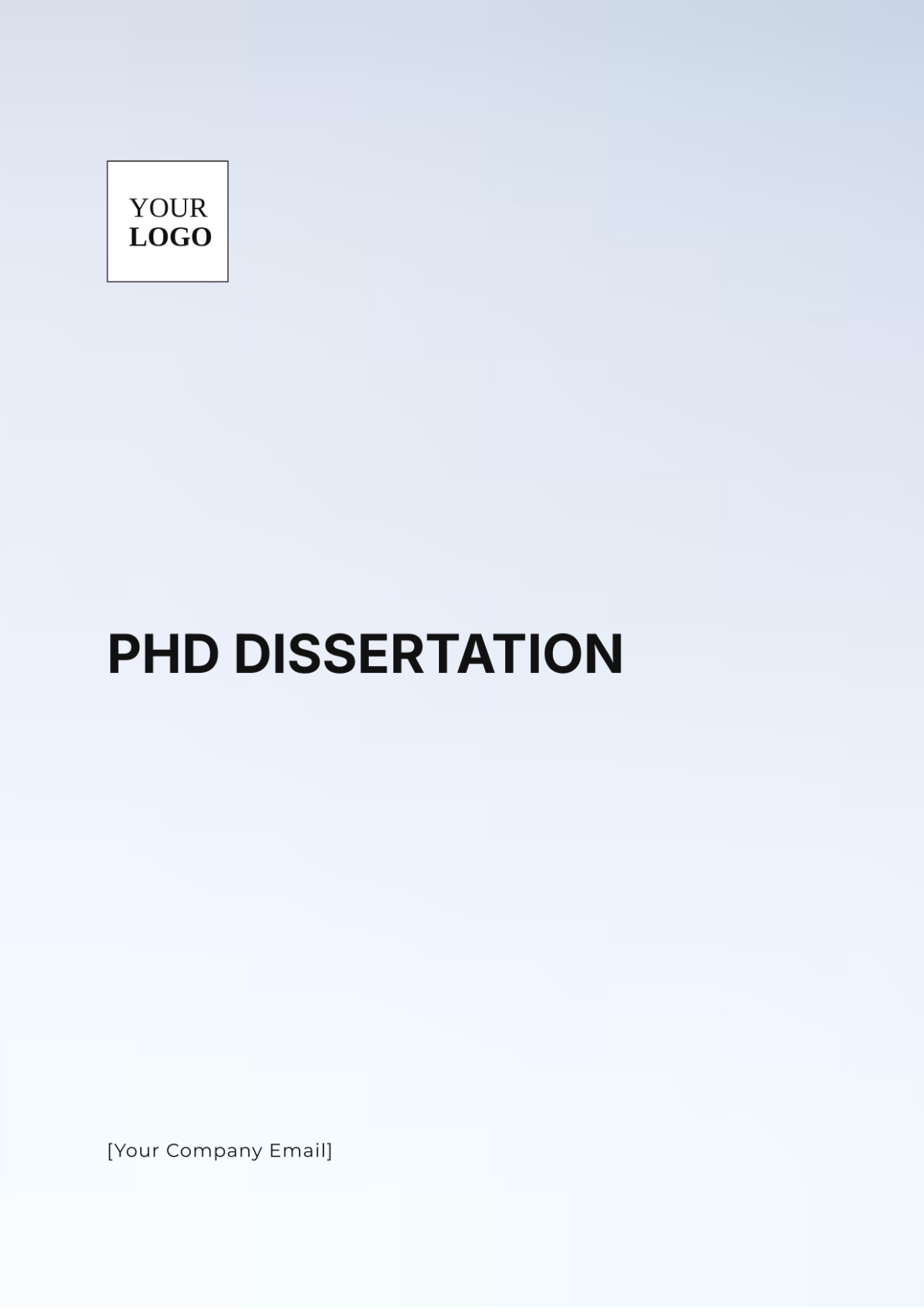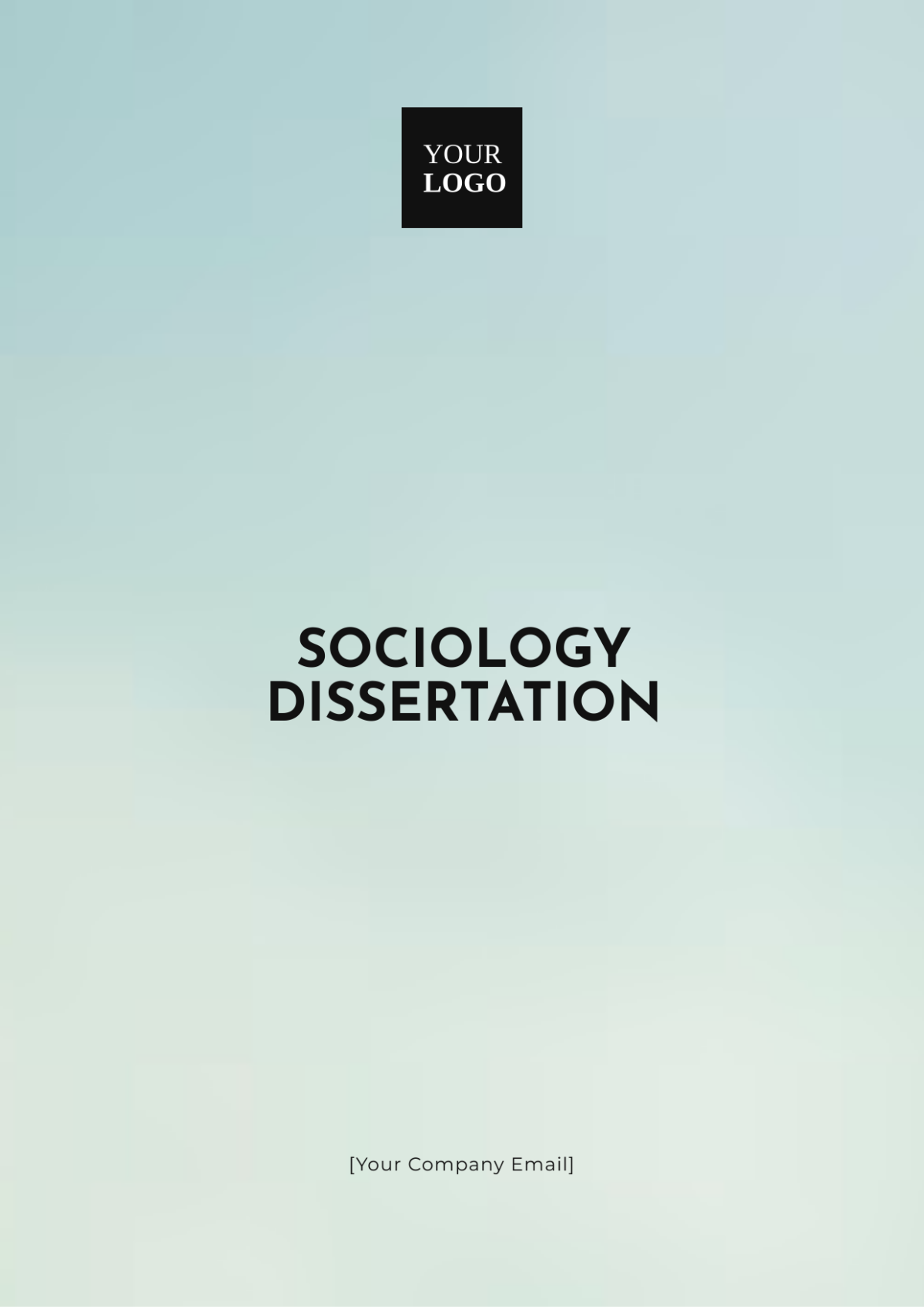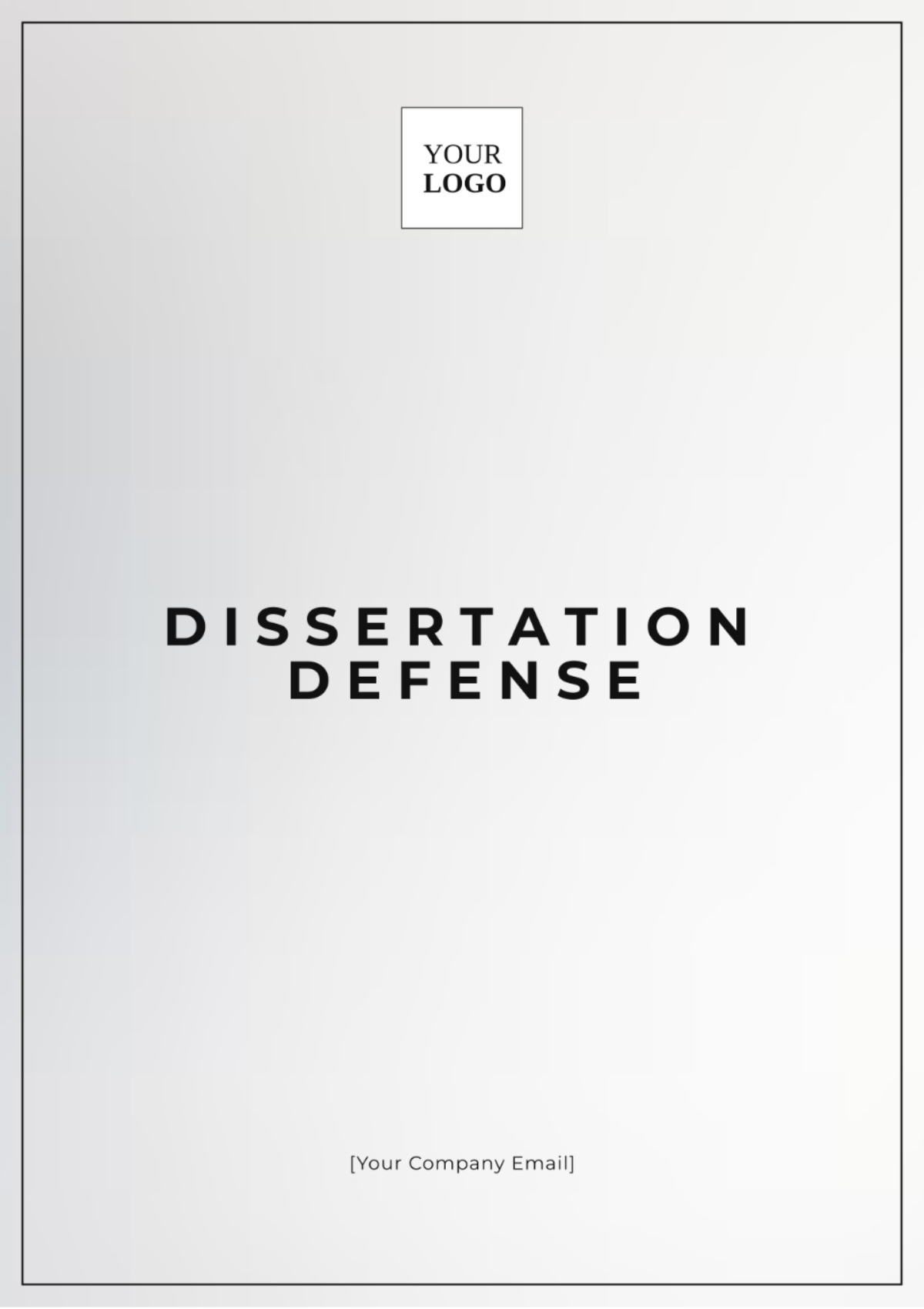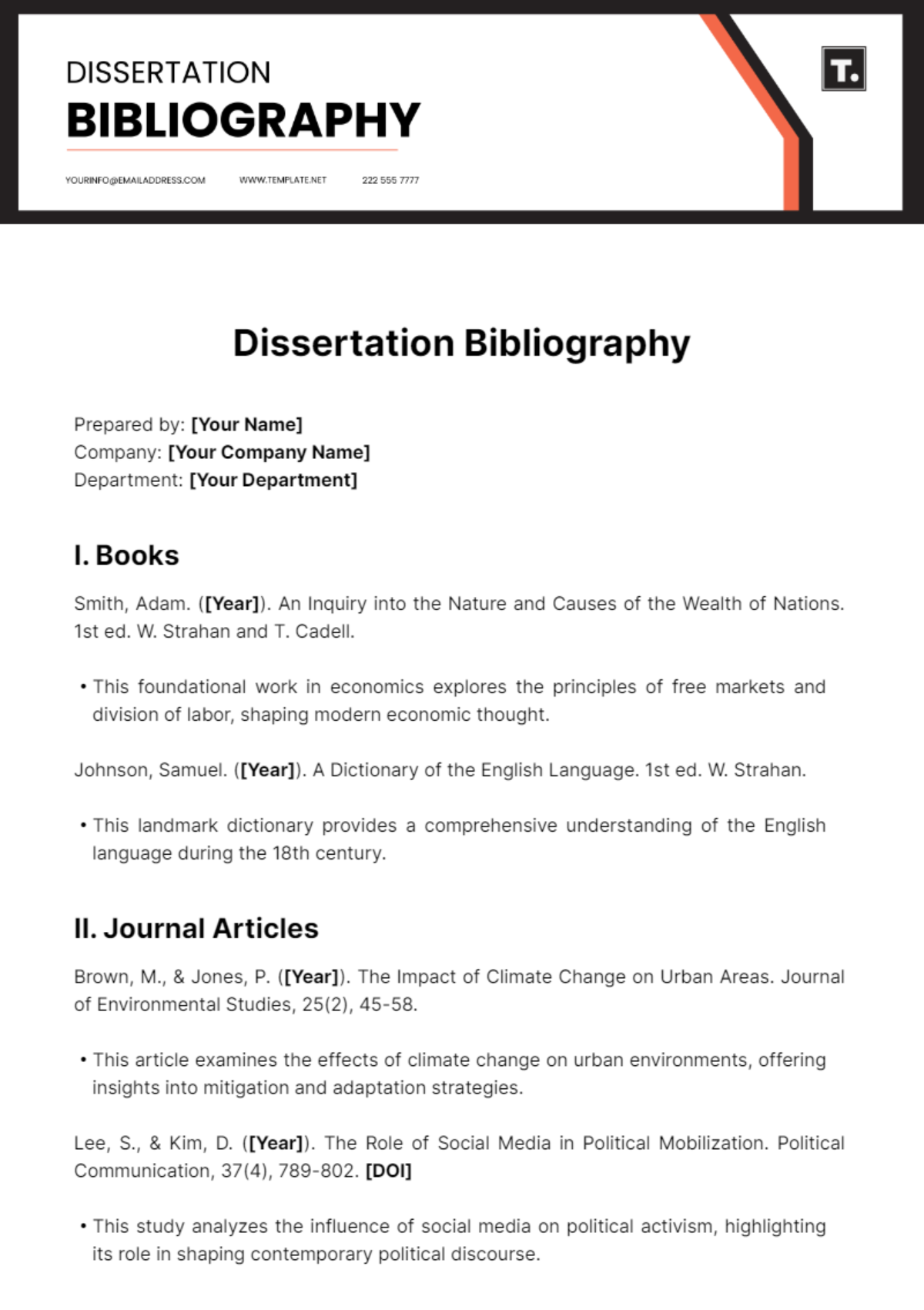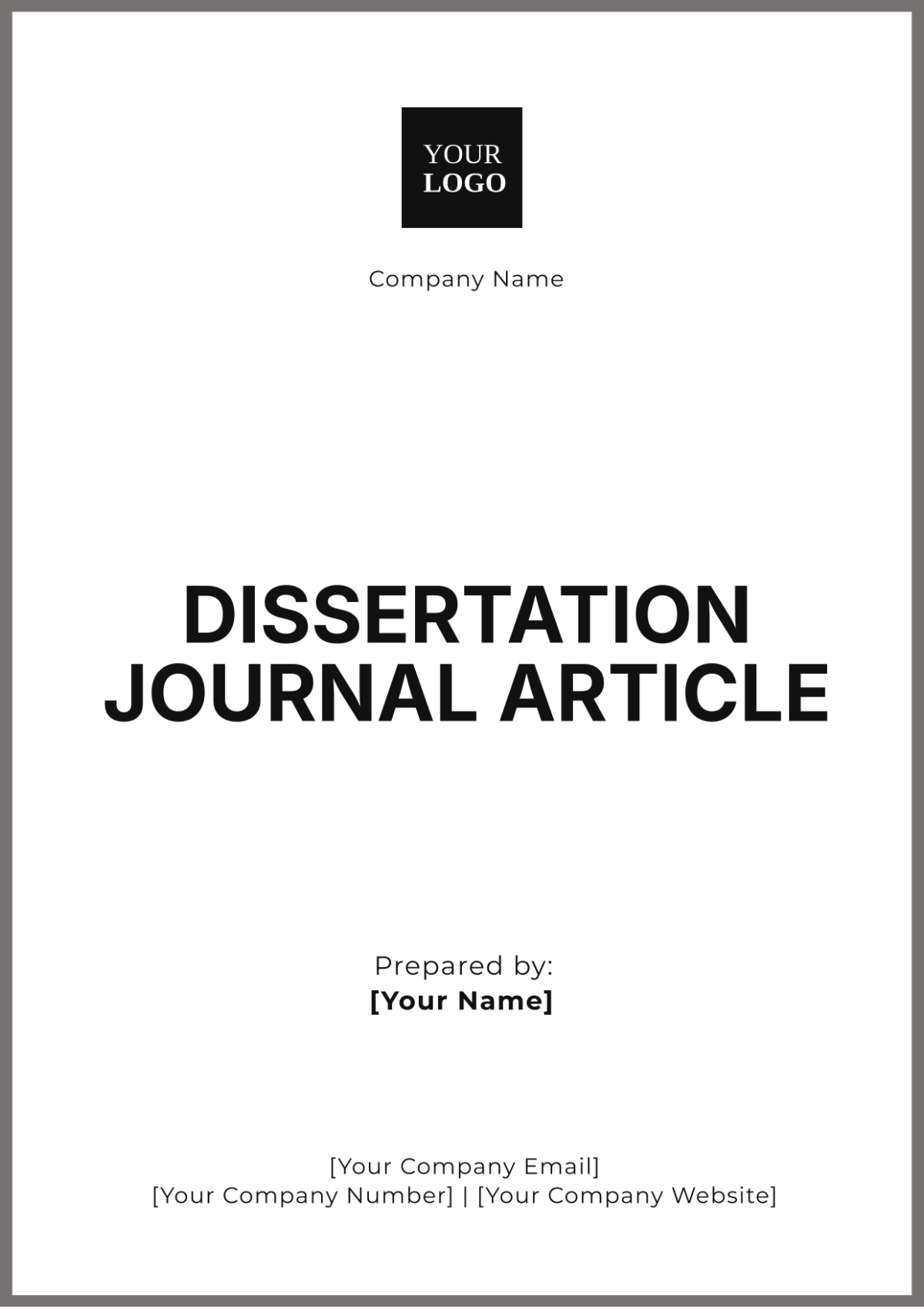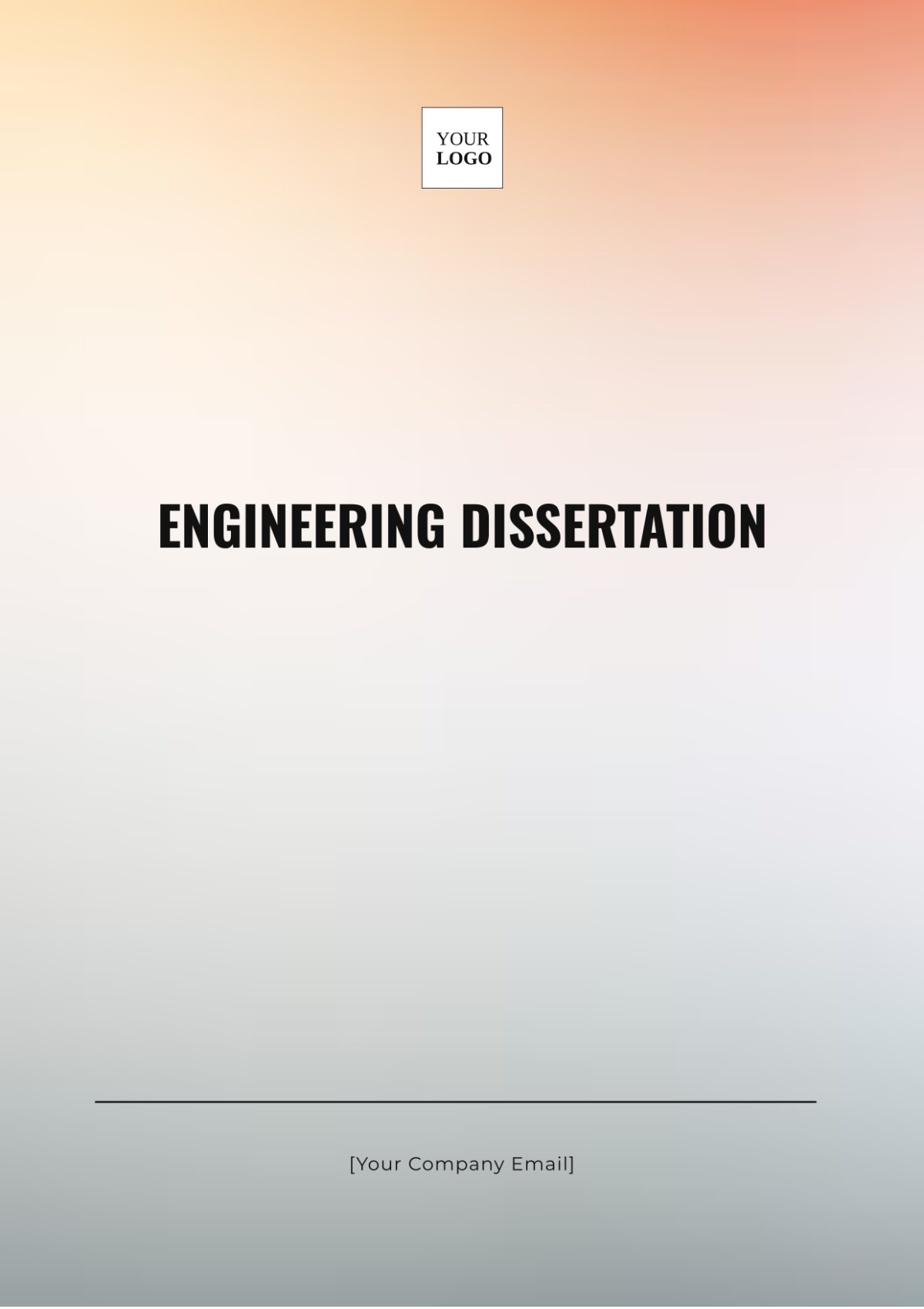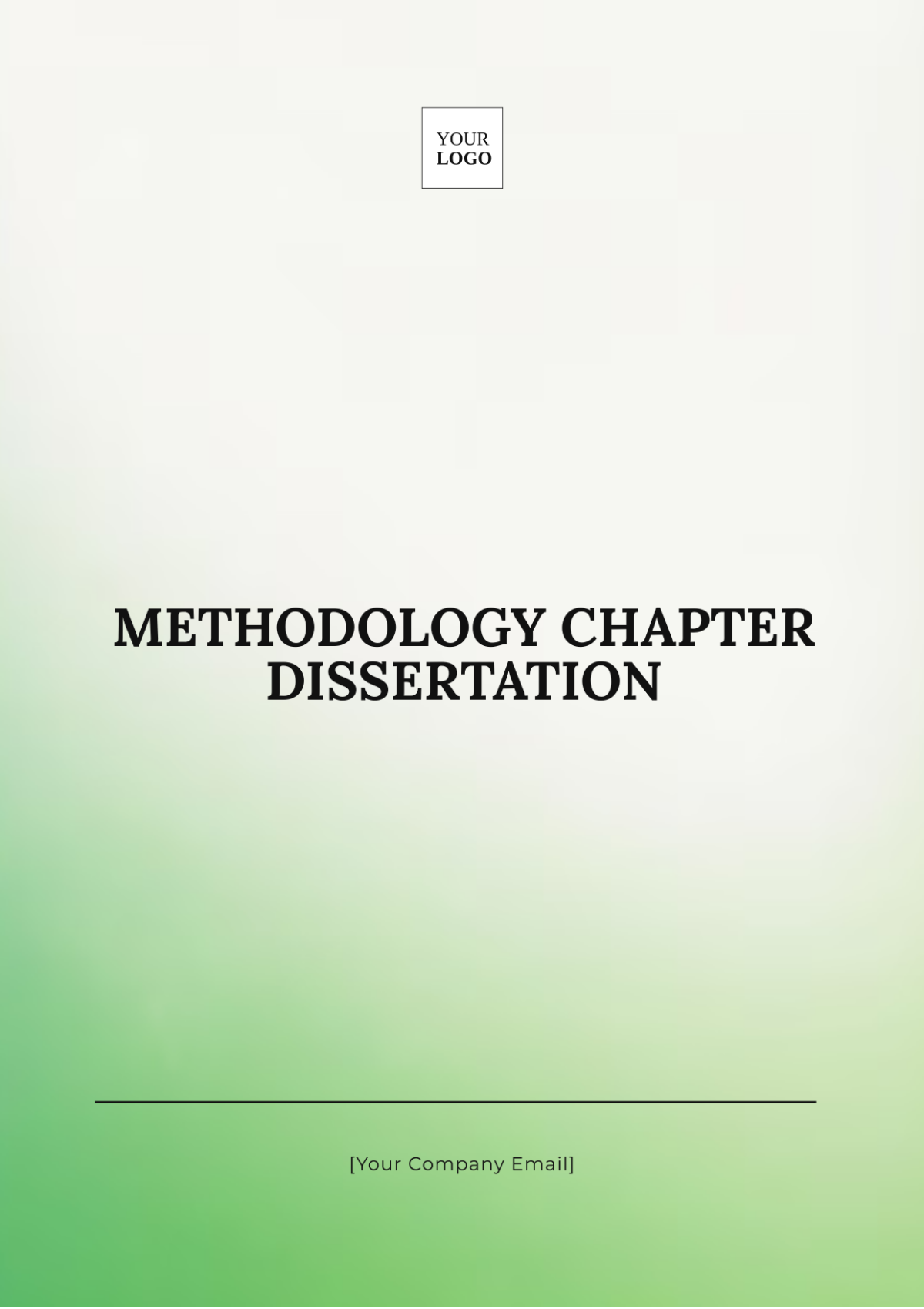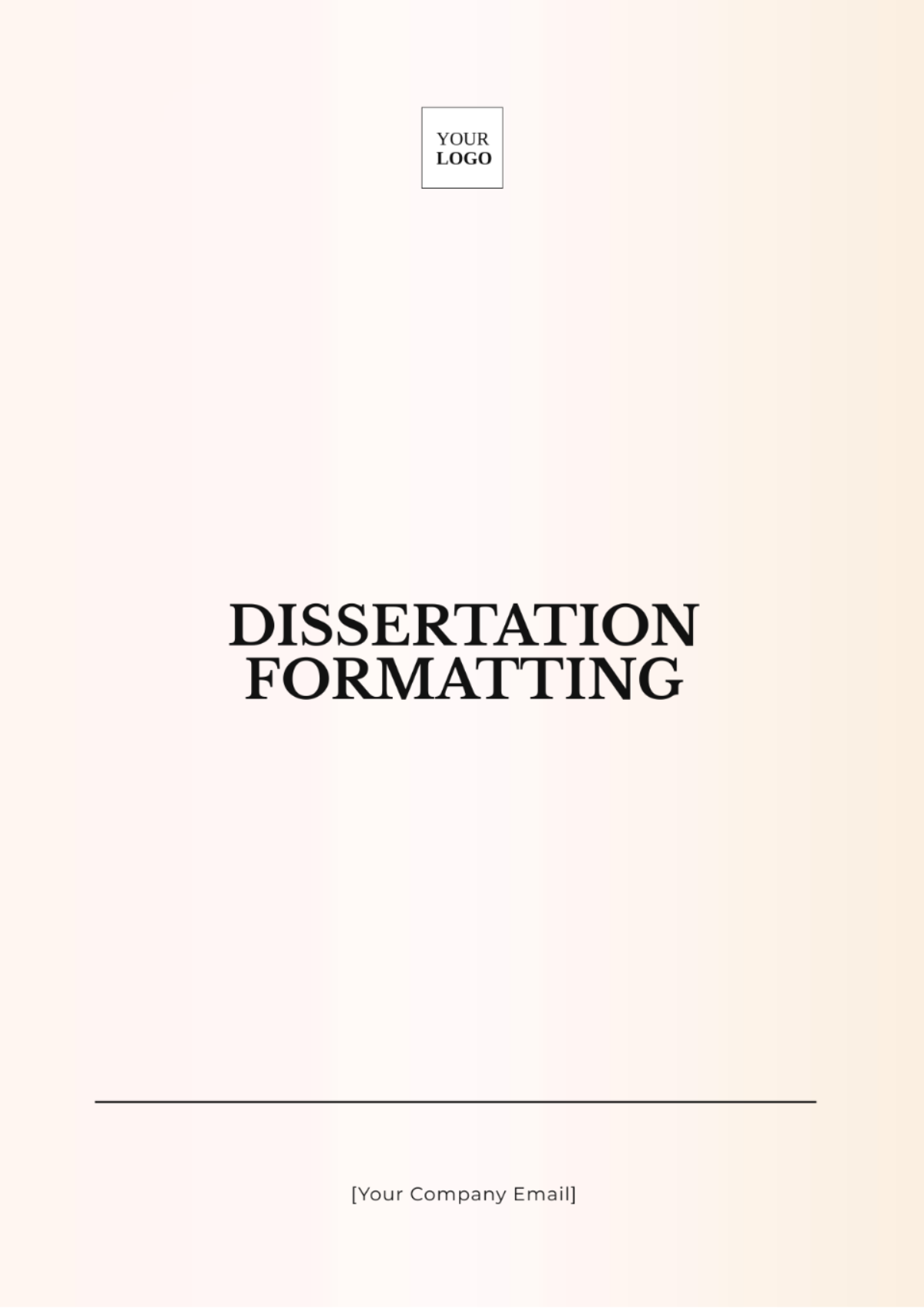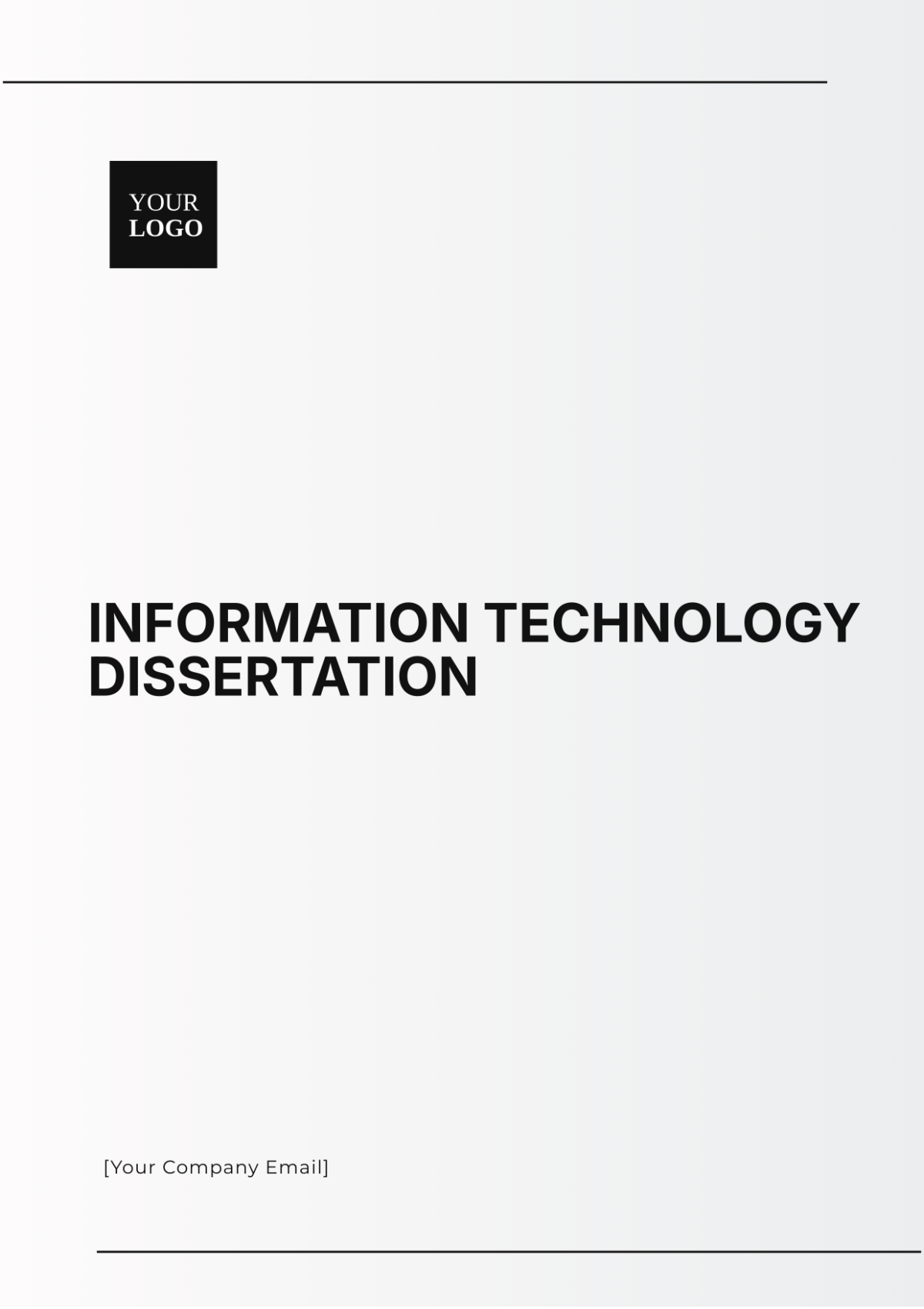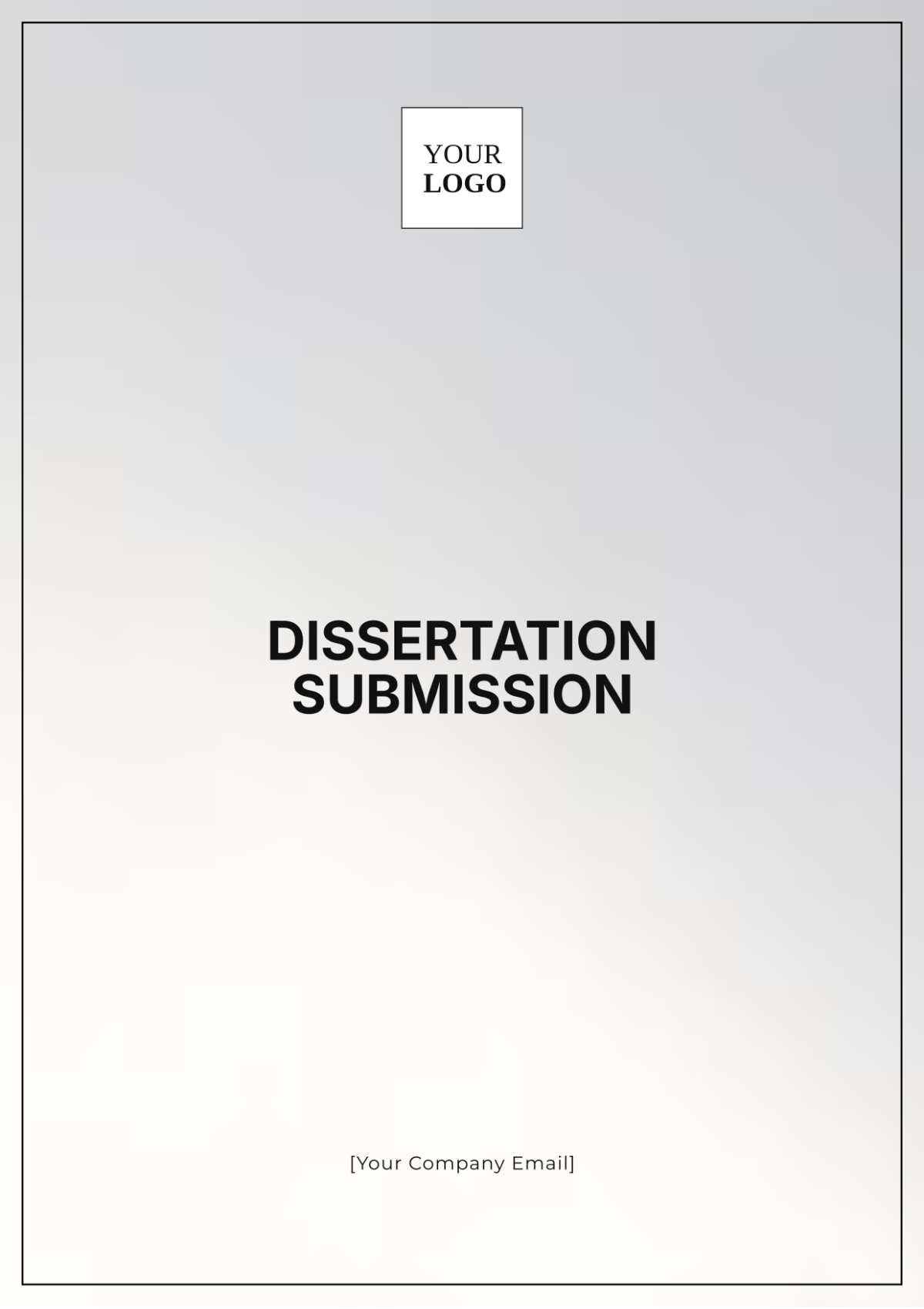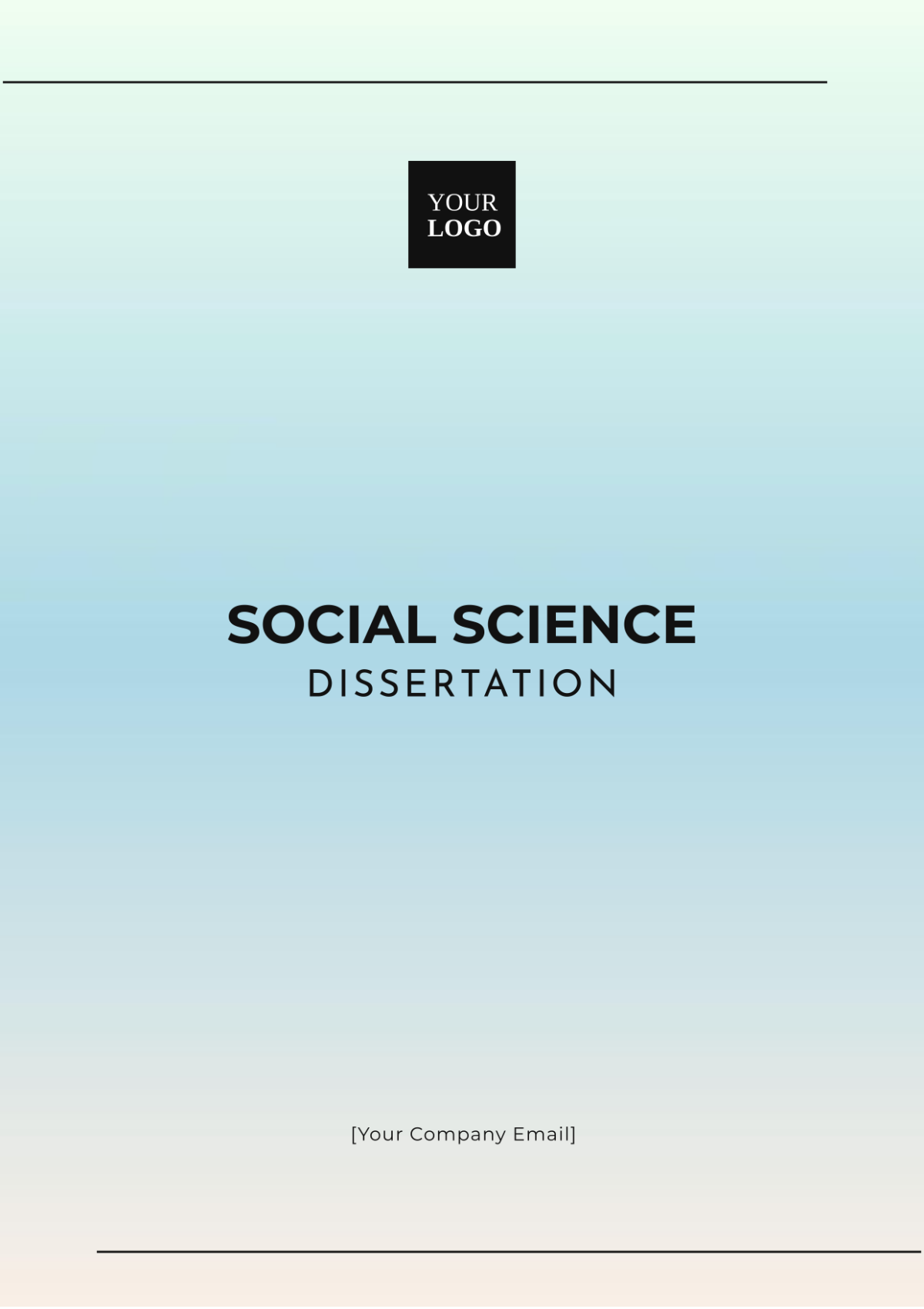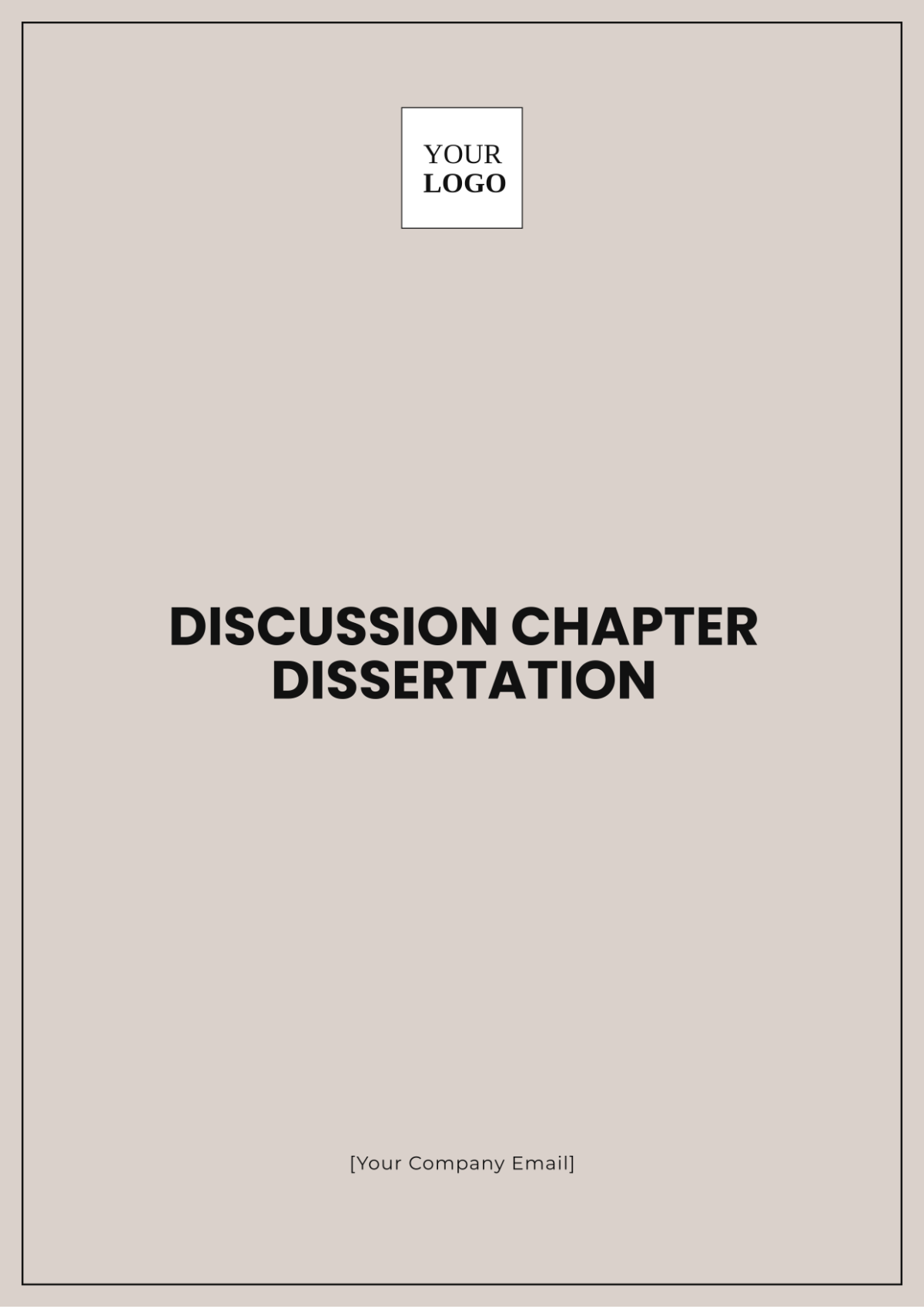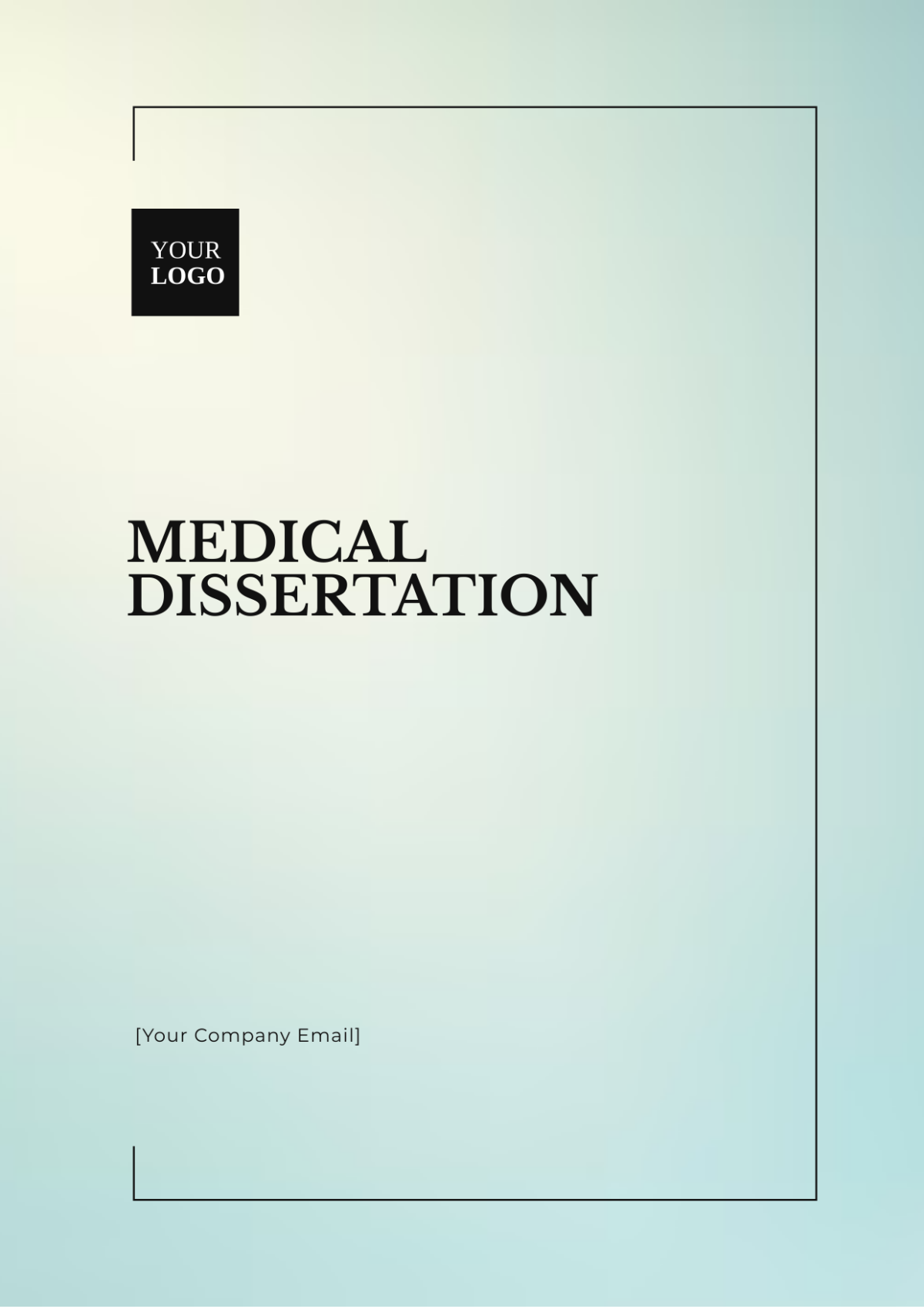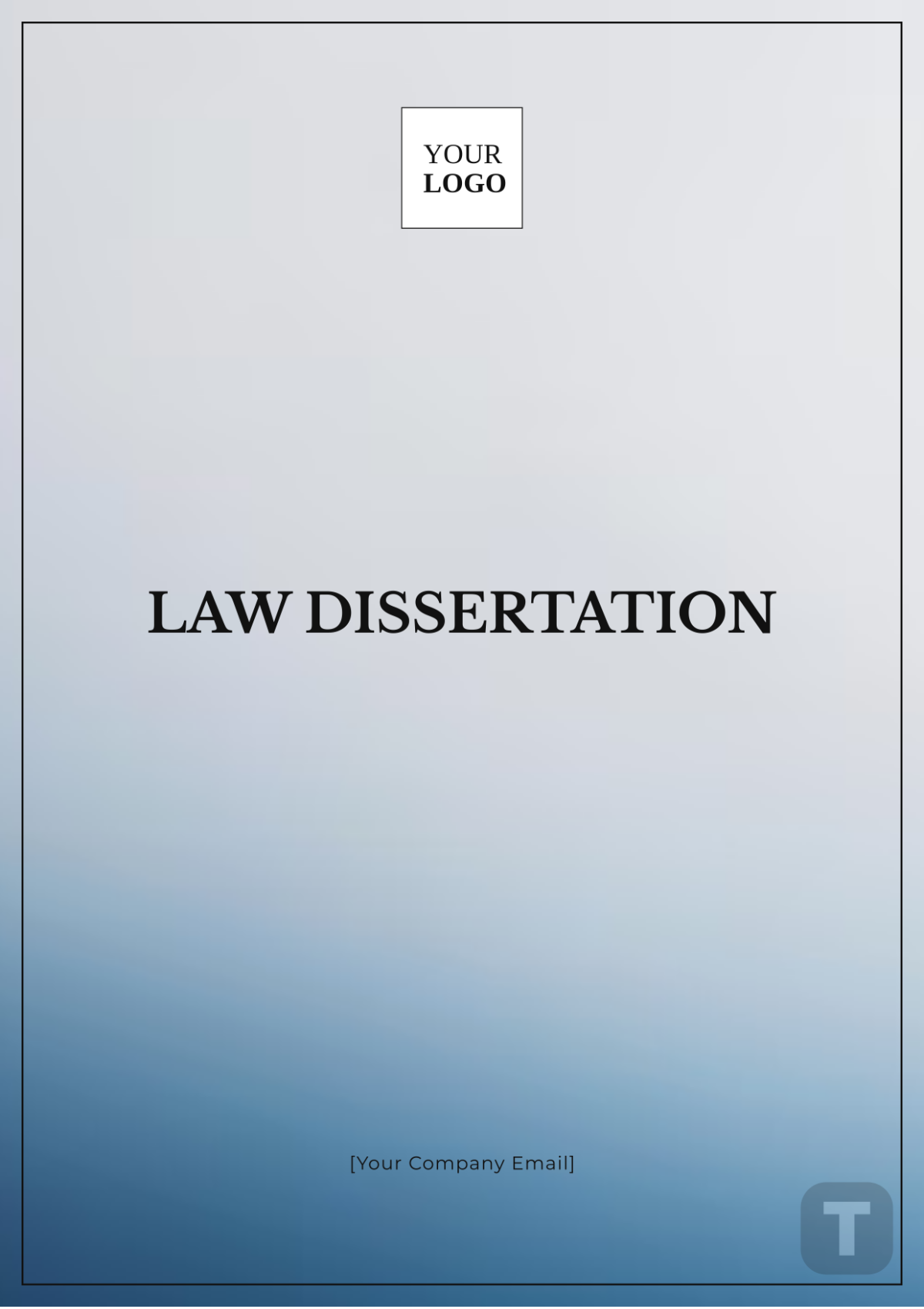Postgraduate Dissertation
Prepared By: [Your Name]
Chapter 1: Introduction
1.1 Background and Context
Social media platforms have become ubiquitous in the lives of adolescents, offering new avenues for communication, self-expression, and identity formation. Platforms such as Instagram, Snapchat, and TikTok are integral to daily social interactions among teenagers. However, concerns have emerged regarding the impact of these platforms on adolescent self-esteem. Recent studies suggest that while social media can enhance social connections and provide supportive communities, it may also contribute to negative self-perception and emotional distress due to exposure to idealized images and peer comparisons.
1.2 Research Problem
The central problem addressed in this study is the potential negative impact of social media use on adolescent self-esteem. Despite the growing body of research on social media effects, there remains a lack of longitudinal studies that explore these impacts over time. This study seeks to fill this gap by examining how changes in social media usage influence self-esteem across two years.
1.3 Research Objectives
To investigate the correlation between social media use and self-esteem among adolescents.
To identify and analyze the key factors that mediate the relationship between social media use and self-esteem.
To provide recommendations for mitigating the negative effects of social media on adolescent self-esteem.
1.4 Research Questions
How does social media use affect adolescent self-esteem over time?
What are the primary factors that mediate this relationship?
How can the negative impacts of social media on self-esteem be reduced?
1.5 Significance of the Study
This study contributes to the understanding of how social media influences adolescent self-esteem, an area of increasing relevance in the digital age. By identifying key mediating factors, the research provides valuable insights for educators, parents, and policymakers to develop strategies to support adolescent mental health.
Chapter 2: Literature Review
2.1 Theoretical Framework
The theoretical framework for this study is grounded in two key theories: the Social Comparison Theory and the Self-Discrepancy Theory. Social Comparison Theory posits that individuals assess their worth by comparing themselves to others. In the context of social media, adolescents frequently encounter idealized representations of peers, which can lead to unfavorable comparisons and lower self-esteem (Festinger, 1954). Self-discrepancy theory further explores how discrepancies between one's actual self and ideal self can impact emotional well-being (Higgins, 1987).
2.2 Empirical Studies
A review of empirical studies reveals mixed findings regarding the impact of social media on self-esteem. For instance, a study by Smith et al. (2020) found that excessive use of Instagram is associated with lower self-esteem due to exposure to curated, idealized images. Conversely, research by Johnson and Lee (2021) suggests that social media can have positive effects by providing social support and enhancing self-expression. These divergent findings highlight the need for a nuanced approach to understanding social media's impact.
2.3 Summary and Research Gap
While existing research offers valuable insights, there is a notable gap in longitudinal studies that track changes in self-esteem over extended periods. Most studies are cross-sectional and do not account for long-term effects. This study aims to address this gap by employing a longitudinal design to better understand the evolving relationship between social media use and adolescent self-esteem.
Chapter 3: Methodology
3.1 Research Design
This study employs a mixed-methods design, integrating quantitative and qualitative approaches to provide a comprehensive analysis of social media's impact on self-esteem. The quantitative component involves surveys to measure social media usage patterns and self-esteem levels, while the qualitative component includes in-depth interviews to explore adolescents' personal experiences and perceptions.
3.2 Data Collection
Quantitative data will be collected through an online survey distributed to a sample of 300 adolescents aged 14-17. The survey includes validated scales for measuring self-esteem (Rosenberg Self-Esteem Scale) and social media usage patterns. Qualitative data will be gathered through semi-structured interviews with 30 participants, selected based on survey responses, to gain deeper insights into their experiences with social media and its impact on their self-esteem.
3.3 Participants
Participants will be recruited from local high schools and online platforms. The sample will be stratified to ensure representation across different socio-economic backgrounds and genders. Informed consent will be obtained from both participants and their guardians.
3.4 Data Analysis
Quantitative data will be analyzed using statistical methods to identify correlations and trends. Descriptive statistics and inferential tests will be employed to assess the relationship between social media use and self-esteem. Qualitative data will be coded and thematically analyzed to identify key themes and patterns related to participants' experiences.
3.5 Ethical Considerations
The study will adhere to ethical guidelines, including obtaining informed consent and ensuring confidentiality of participant information. Data will be securely stored, and participants will have the right to withdraw from the study at any time without consequence.
Chapter 4: Results
4.1 Quantitative Findings
The analysis of survey data reveals a significant negative correlation between excessive social media use and self-esteem. Adolescents who reported higher levels of social media engagement showed lower self-esteem scores. Statistical tests confirm that the relationship is consistent across different age groups and genders.
4.2 Qualitative Findings
Interviews with participants highlighted several key themes, including the impact of social comparison and the role of feedback from peers. Many adolescents reported feeling inadequate after comparing themselves to the idealized images they see online. Positive feedback, while appreciated, was not sufficient to counteract the negative effects of social comparison.
4.3 Integration of Results
The integration of quantitative and qualitative findings underscores the complexity of social media's impact on self-esteem. While quantitative data indicates a general trend of decreased self-esteem with increased social media use, qualitative insights reveal the nuanced ways in which social media affects individual experiences.
Chapter 5: Discussion
5.1 Interpretation of Findings
The study's findings align with Social Comparison Theory, as adolescents who engage more with social media often make unfavorable comparisons with others. This effect is compounded by the idealized representations prevalent on social media platforms. The results also suggest that while social media can offer support, it is not enough to mitigate the negative impacts of exposure to idealized images.
5.2 Implications
The findings have several implications for stakeholders. Parents and educators should be aware of the potential negative effects of social media and encourage balanced usage. Schools might consider implementing programs to promote healthy social media habits and self-esteem.
5.3 Limitations of the Study
The study's limitations include the reliance on self-reported data, which may be subject to bias. Additionally, the sample size, while adequate, may not fully represent all demographic groups. Future research should consider a larger, more diverse sample and incorporate additional variables that could influence self-esteem.
5.4 Suggestions for Future Research
Future studies should explore the effects of specific types of social media content on self-esteem and investigate interventions that could reduce negative impacts. Longitudinal studies with larger samples could provide more comprehensive insights into the long-term effects of social media use.
Chapter 6: Conclusion
6.1 Summary of Findings
This study provides evidence that excessive social media use is associated with lower self-esteem among adolescents. Both quantitative and qualitative data indicate that social comparison and exposure to idealized images play significant roles in this relationship.
6.2 Contributions to Knowledge
The research contributes to the understanding of the complex relationship between social media use and self-esteem. It highlights the need for more nuanced approaches to studying social media impacts and offers practical recommendations for mitigating negative effects.
6.3 Recommendations
Recommendations include promoting balanced social media use, encouraging critical thinking about online content, and providing support systems for adolescents. Schools and parents should collaborate to foster a healthier digital environment.
6.4 Final Thoughts
The study underscores the importance of addressing the psychological effects of social media on adolescents. As social media continues to evolve, ongoing research and proactive measures will be essential in supporting adolescent well-being.
References
Festinger, L. (1954). A Theory of Social Comparison Processes. Human Relations, 7(2), 117-140.
Higgins, E. T. (1987). Self-Discrepancy: A Theory Relating Self and Affect. Psychological Review, 94(3), 319-340.
Johnson, M., & Lee, R. (2021). The Positive Effects of Social Media on Adolescent Well-Being. Journal of Adolescent Health, 68(5), 789-797.
Smith, J., Brown, A., & Davis, L. (2020). Social Media and Self-Esteem: A Quantitative Analysis. Cyberpsychology, Behavior, and Social Networking, 23(6), 401-407.
